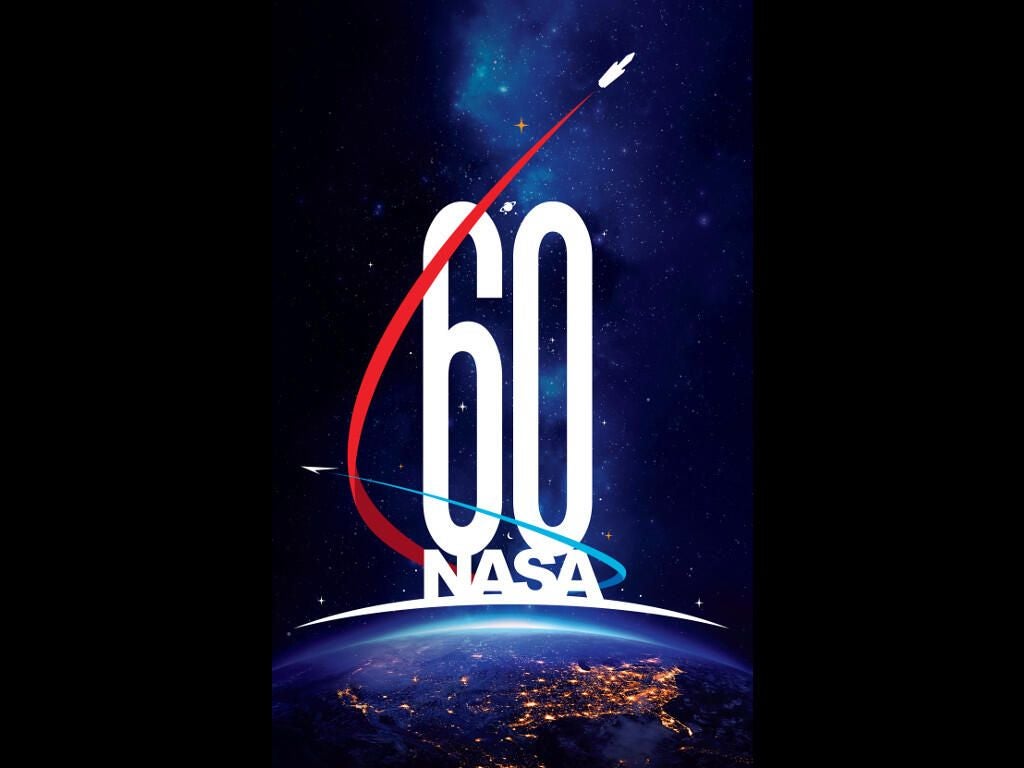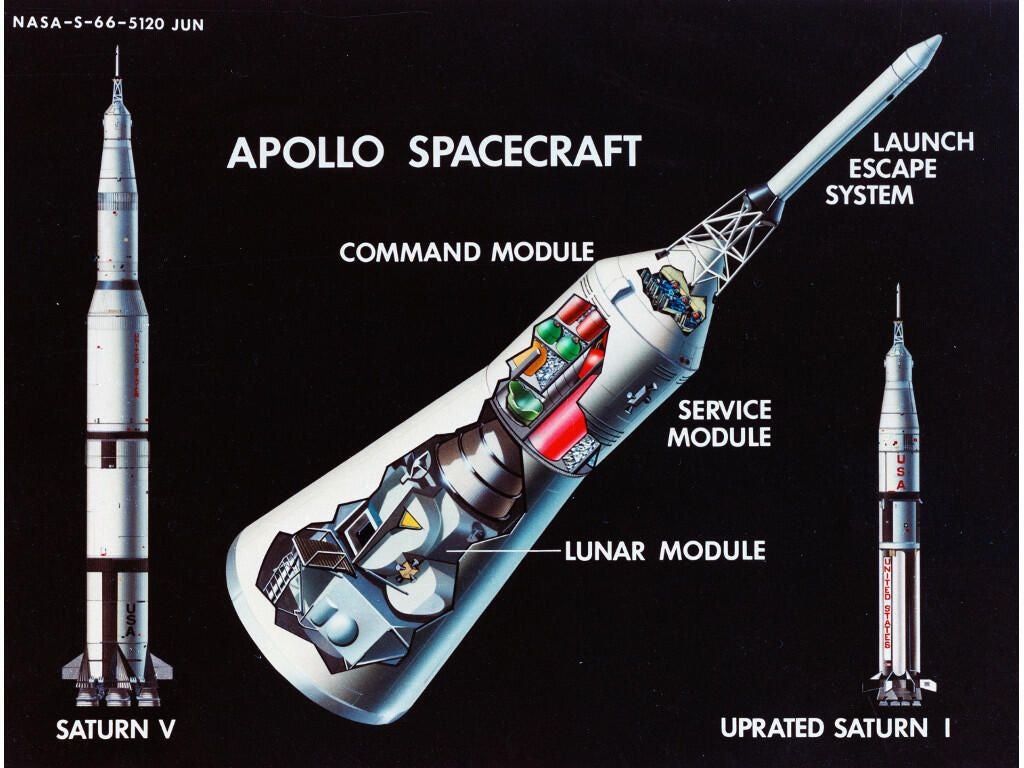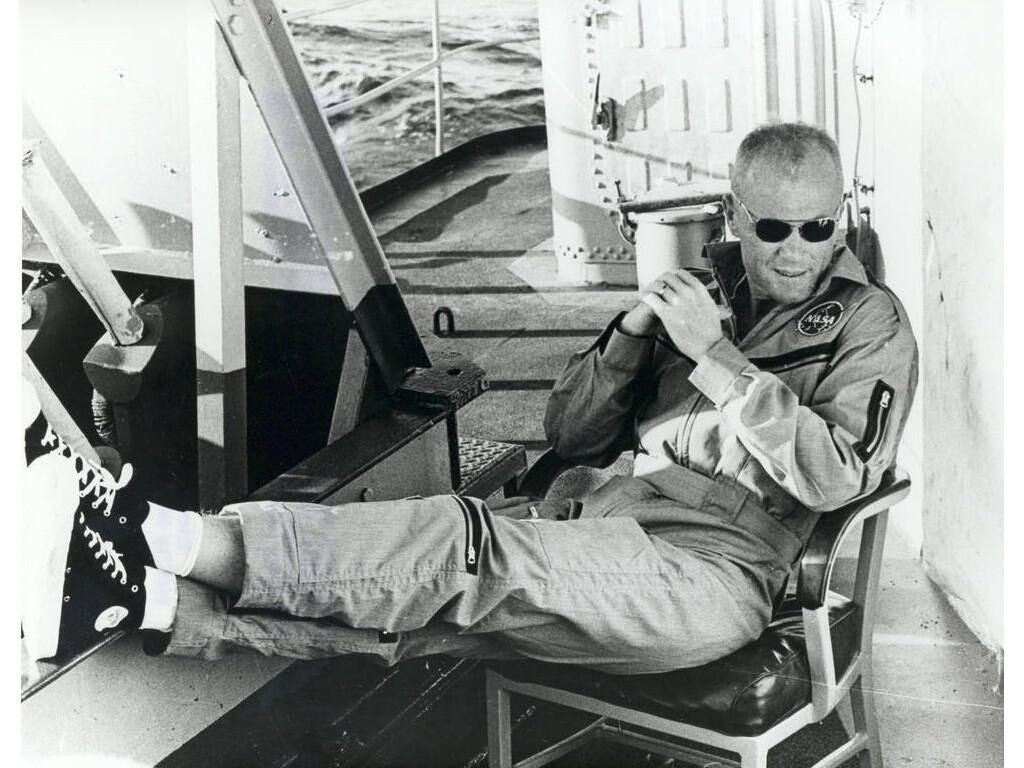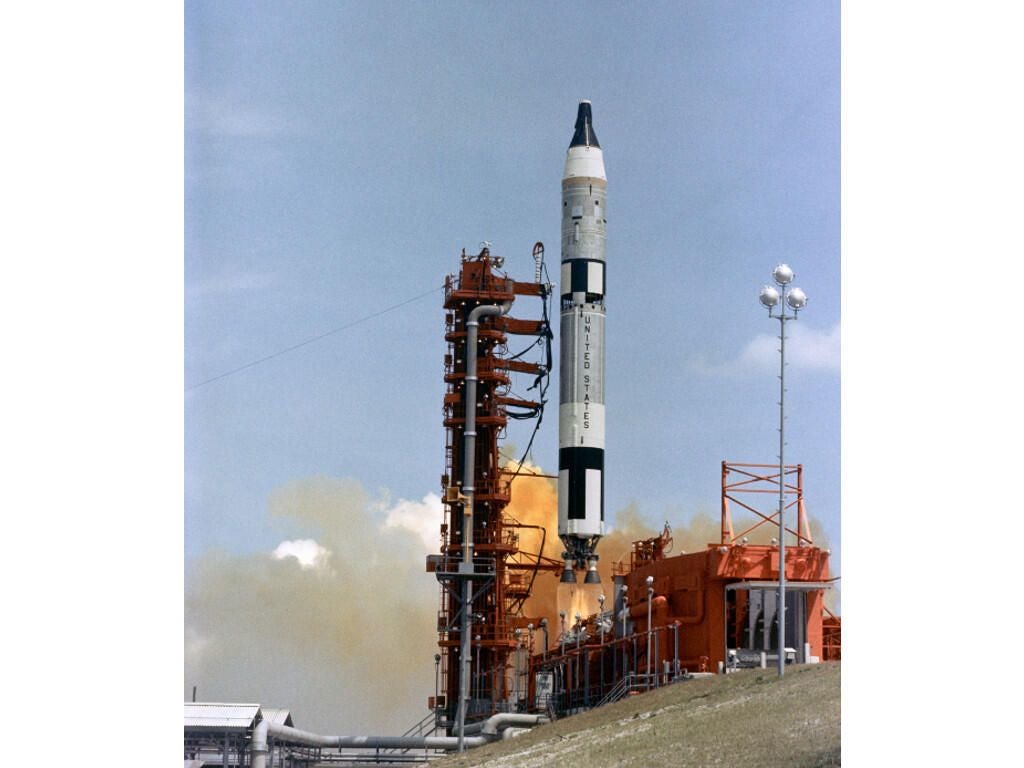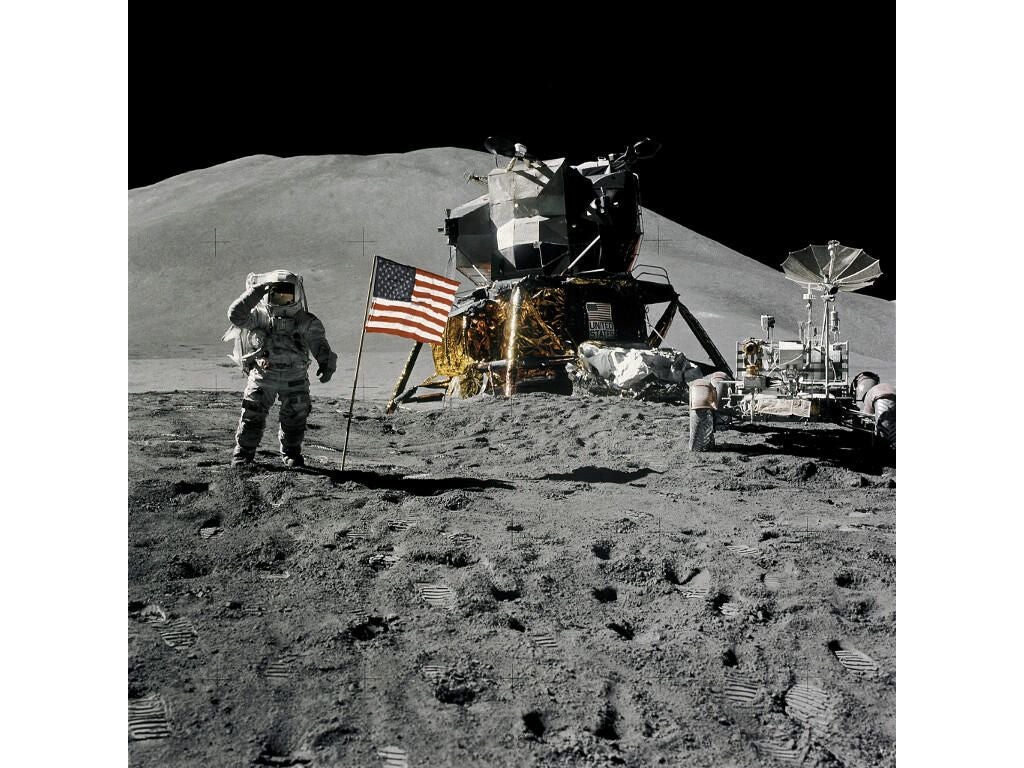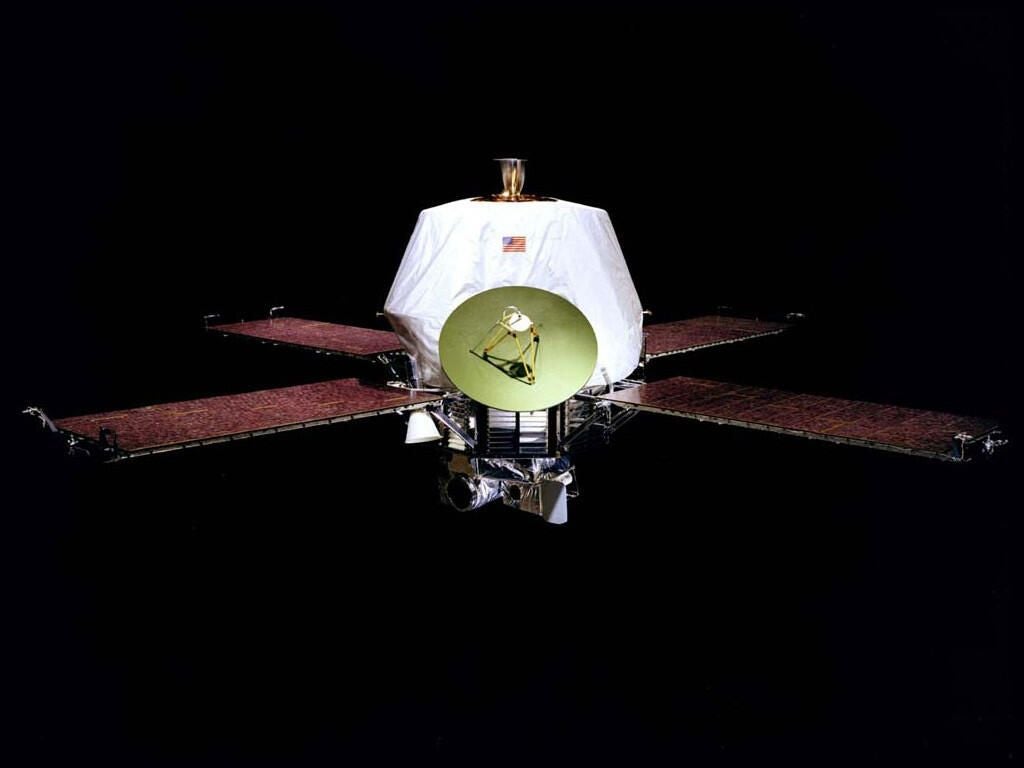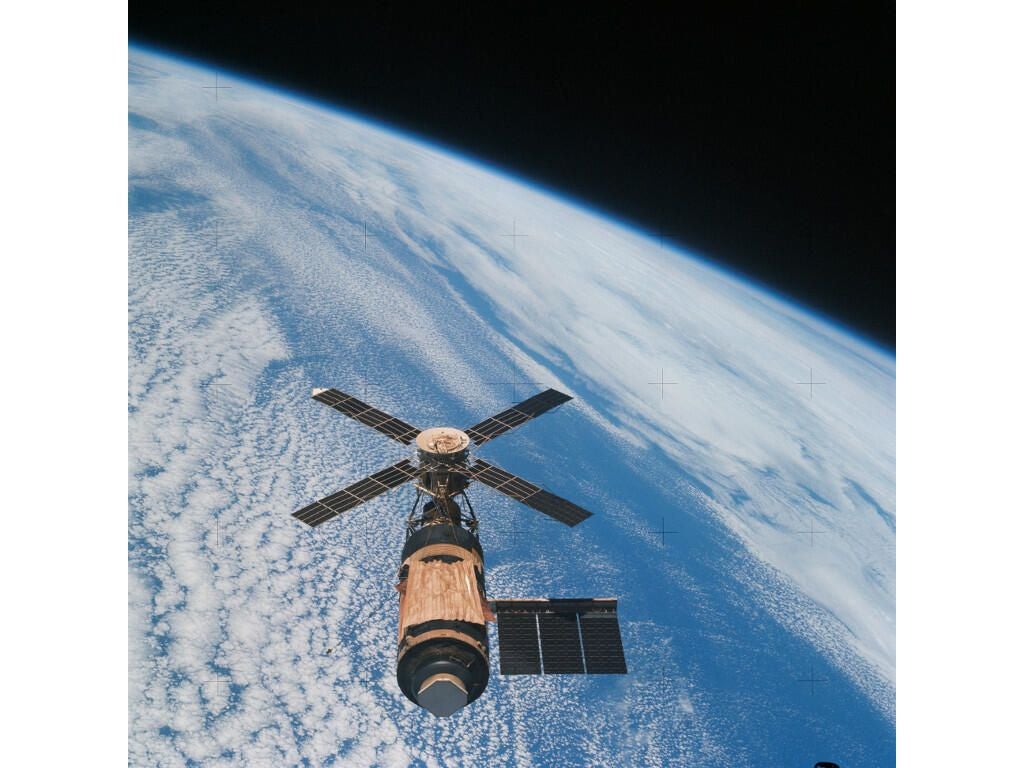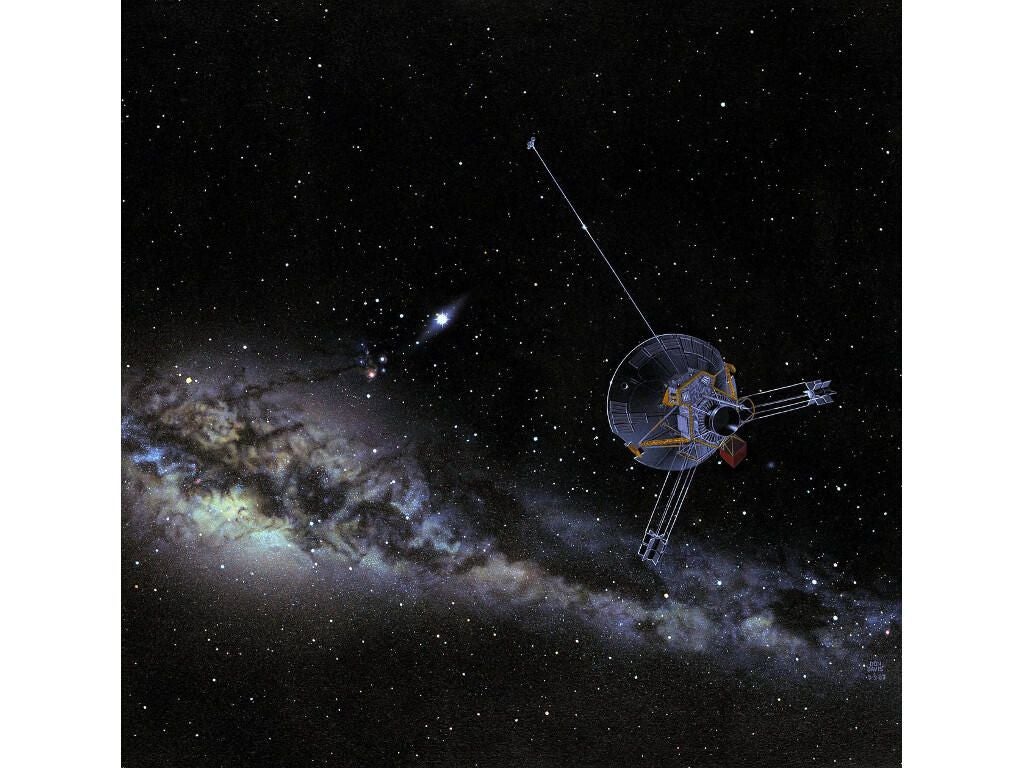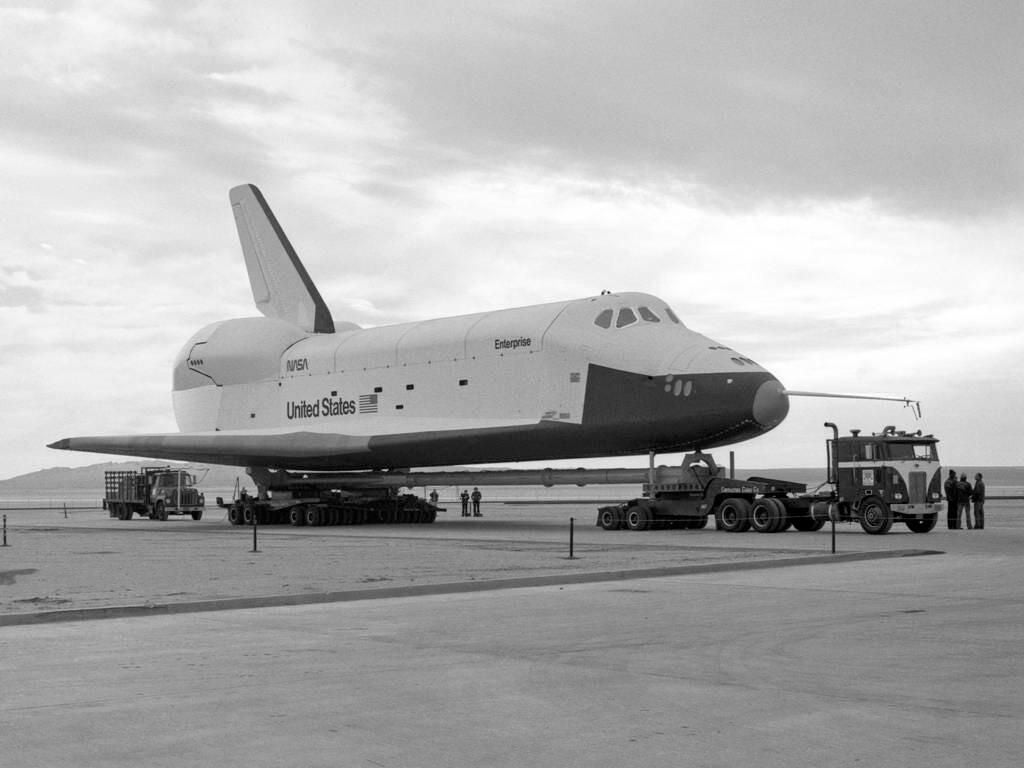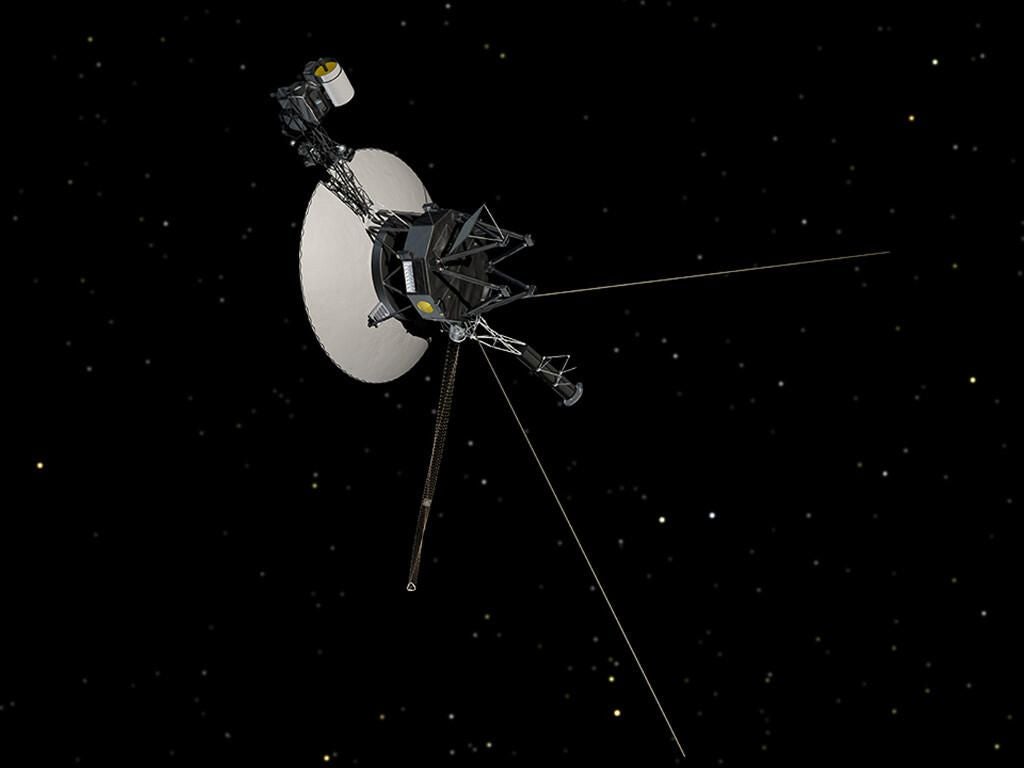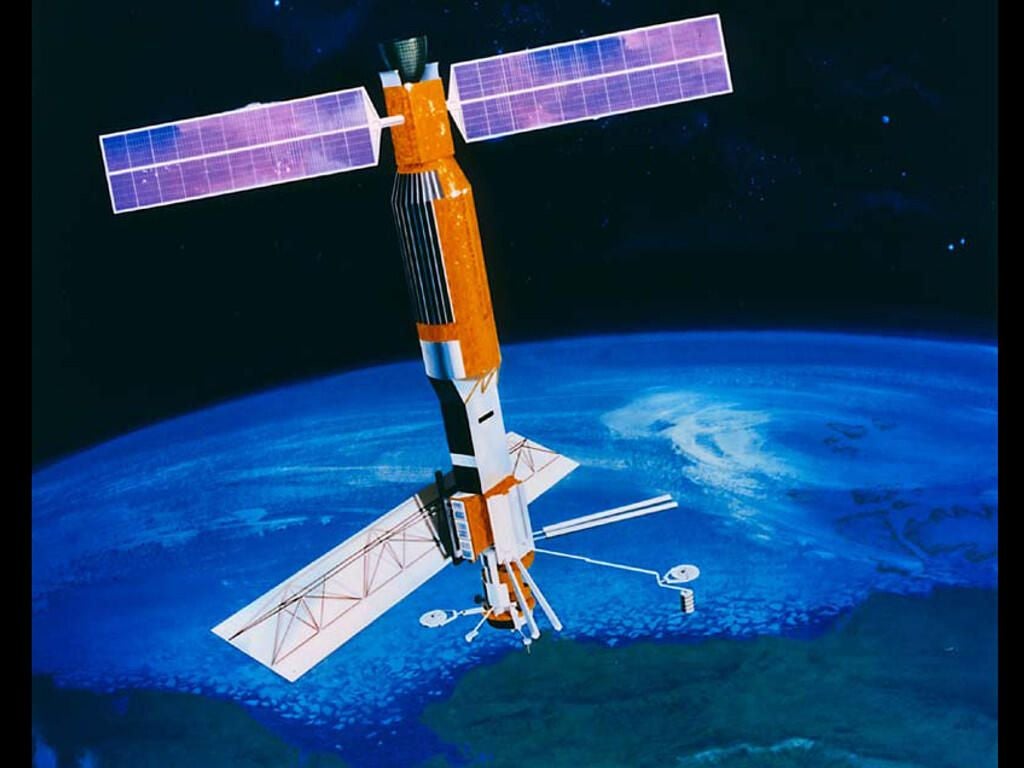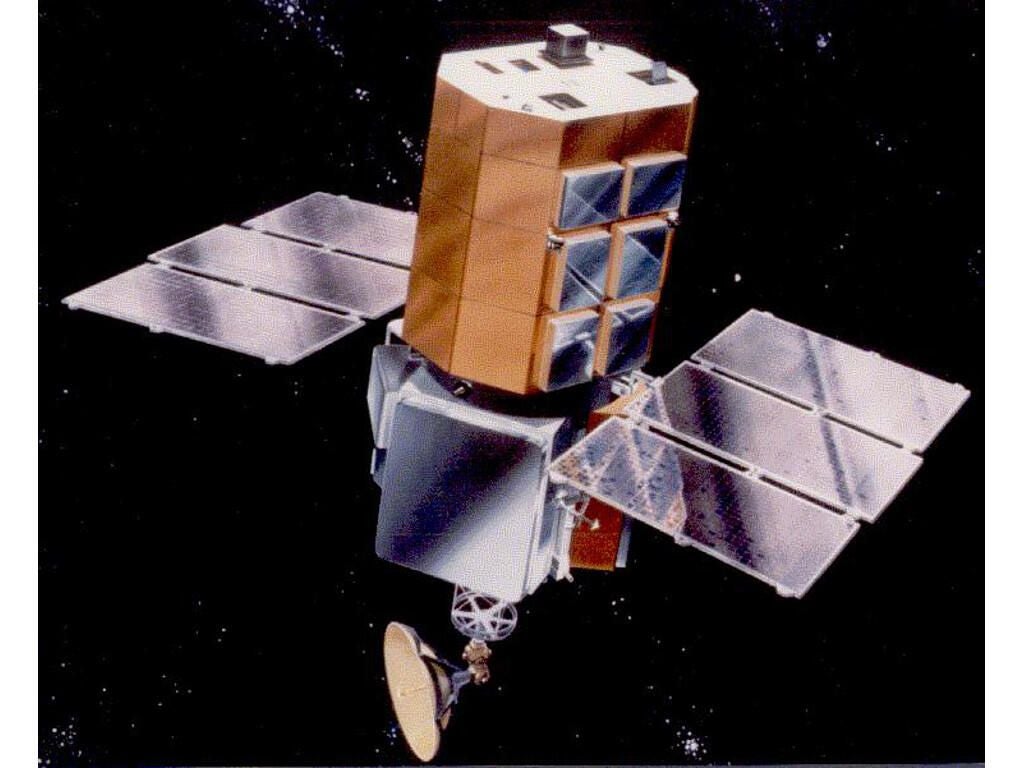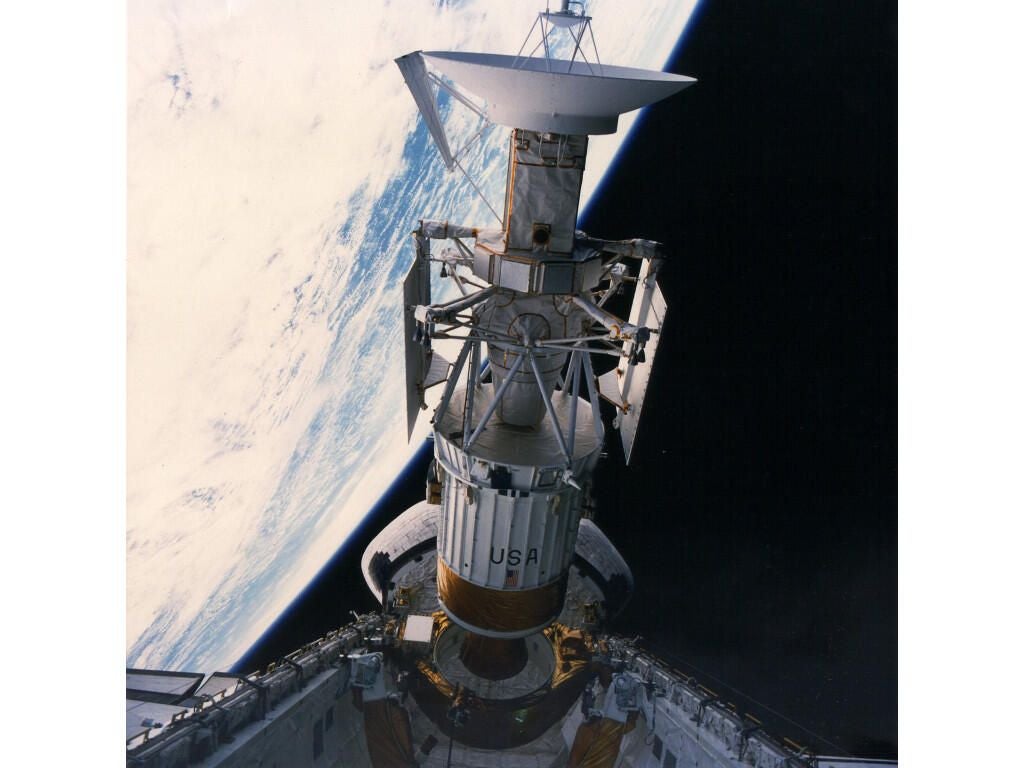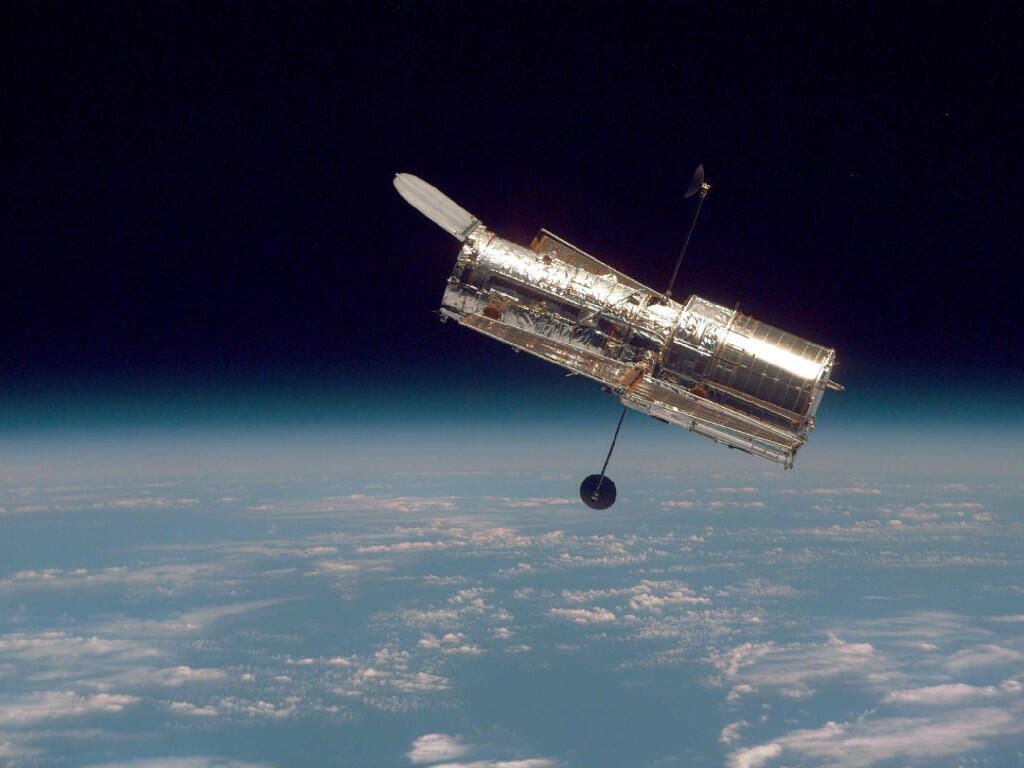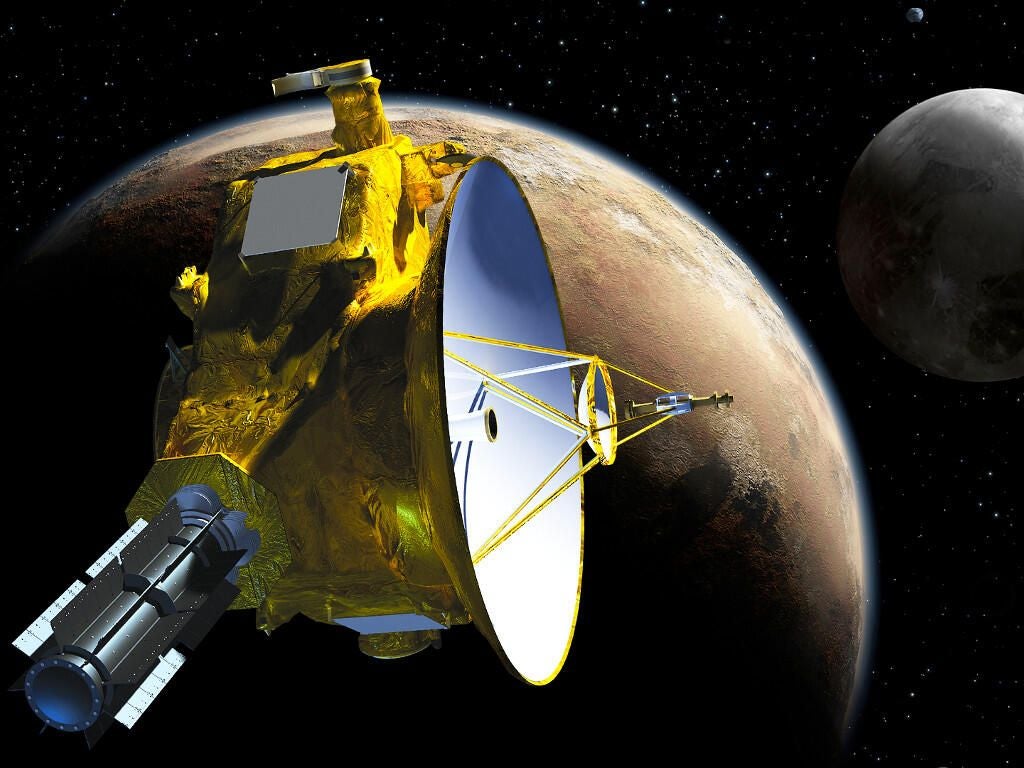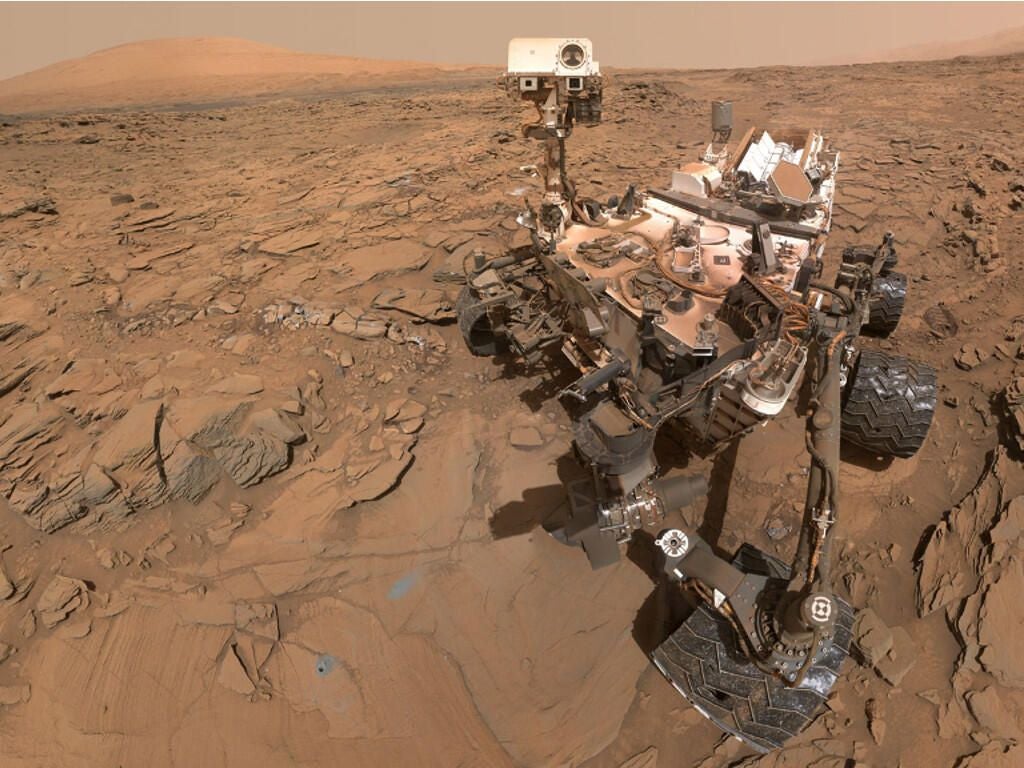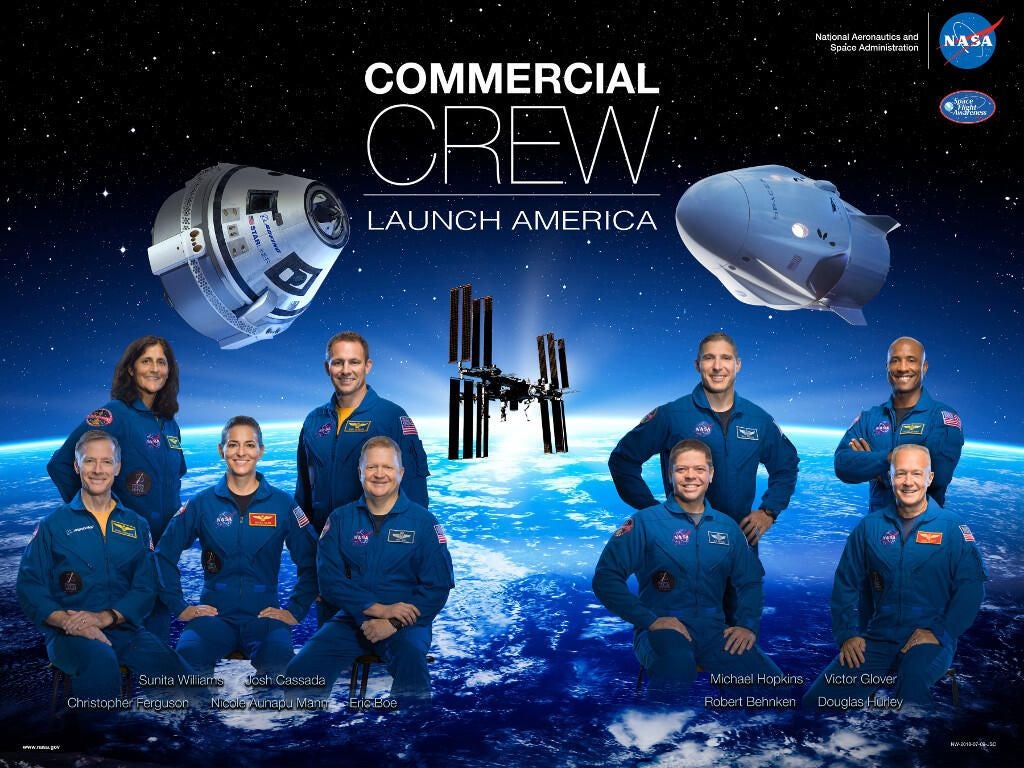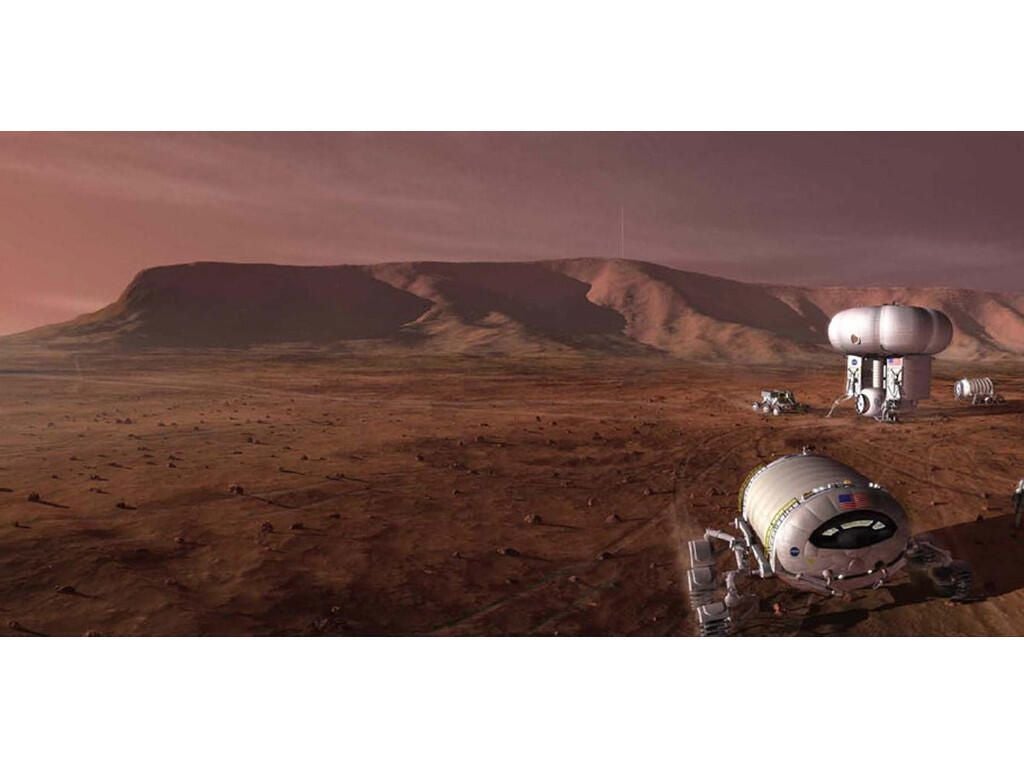Photos: 60 years of NASA’s technological accomplishments
Image 1 of 49
NASA: 60 years and counting
The space race began in earnest with the launch of the Soviet Union’s Sputnik satellite, the first artificial satellite ever launched into Earth’s orbit, in 1957. The United States’ National Advisory Committee on Aeronautics (NACA) had been experimenting with satellite launch for several years, and despite its work the Soviet Union still managed to launch Sputnik before NACA could plan a successful launch.
President Dwight D. Eisenhower signed the National Aeronautics and Space Act into law on June 29, 1958, giving birth to the National Aeronautics and Space Administration (NASA).
NASA’s 60 years of existence, which formally began on October 1, 1958, have been filled with technological milestones, from being the first organization to land a man on the moon to the amazing success of the Curiosity rover on Mars. Here’s a look at some of NASA’s biggest accomplishments.
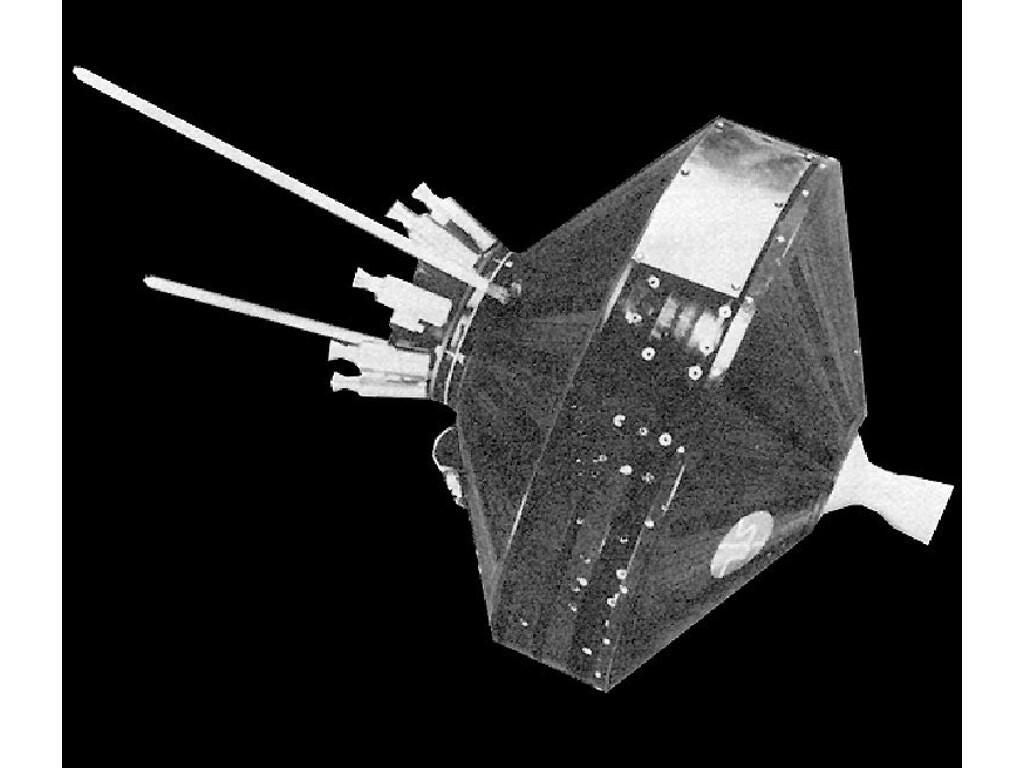

Pioneer 1: The first NASA spacecraft
Pioneer 1: The first NASA spacecraft
Pioneer 1, launched on October 11, 1958, was the first successful NASA launch. It followed Pioneer 0, the first attempt by any nation at a deep space launch; Pioneer 0 exploded 77 seconds after liftoff.
Pioneer 1’s goal was to collect data on ionizing radiation, cosmic rays, and magnetic fields around Earth before heading to the moon. A malfunction cut its mission short, but it did return to Earth with valuable information, including confirming the existence of the Van Allen radiation belt.
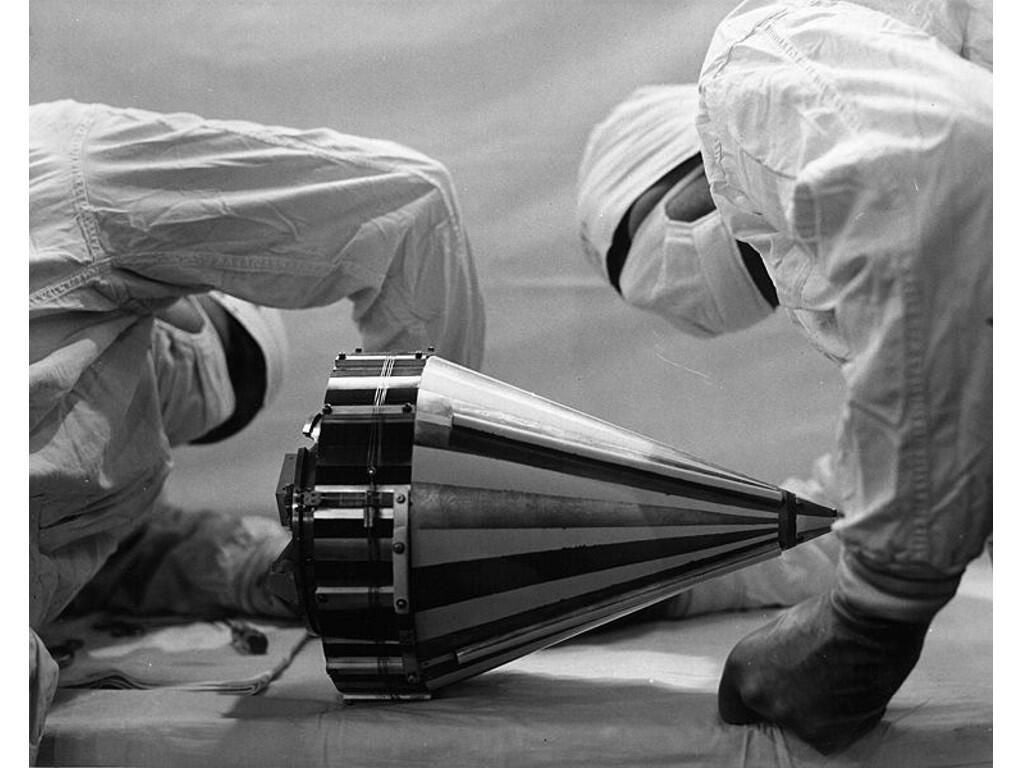

Pioneer 4: The first lunar flyby
Pioneer 4: The first lunar flyby
It took a few more launch attempts before a Pioneer mission finally made it to the moon. Pioneer 4, launched on March 3, 1959, was the first US space mission to reach escape velocity and make a flyby of the moon.
Pioneer 4 wasn’t without complications, though: It was supposed to take photographs of the lunar surface, but a navigation error put it at twice the distance to the moon that it was supposed to pass at, leading to its automatic camera mechanism not triggering.
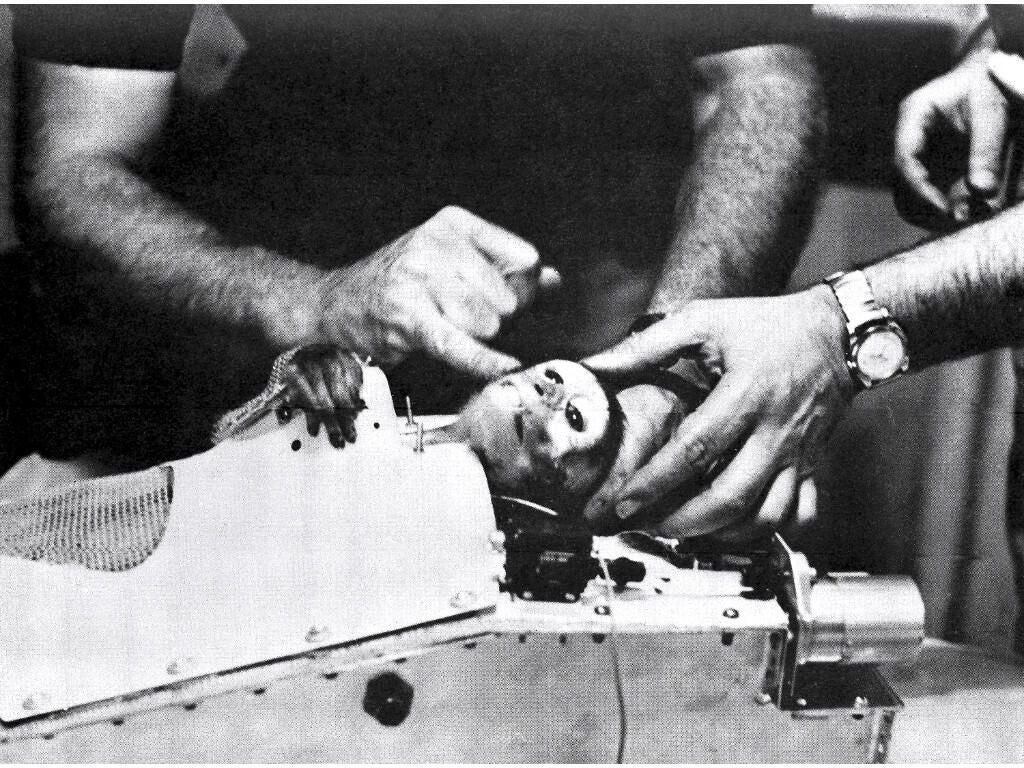

Able and Baker: Monkeys in space
Able and Baker: Monkeys in space
Putting humans in space was the goal during the early days of the space race between the Soviet Union and the US, but a lack of knowledge on how humans would react to space travel meant someone–or something–had to go first.
There were a lot of failures in the early days of launching animals into space; monkeys Able and Baker were NASA’s first big success, flying to 300 miles above sea level on May 28, 1959.
Able and Baker were successfully recovered from the nosecone of a Jupiter rocket, and Baker even went on to live until 1984.
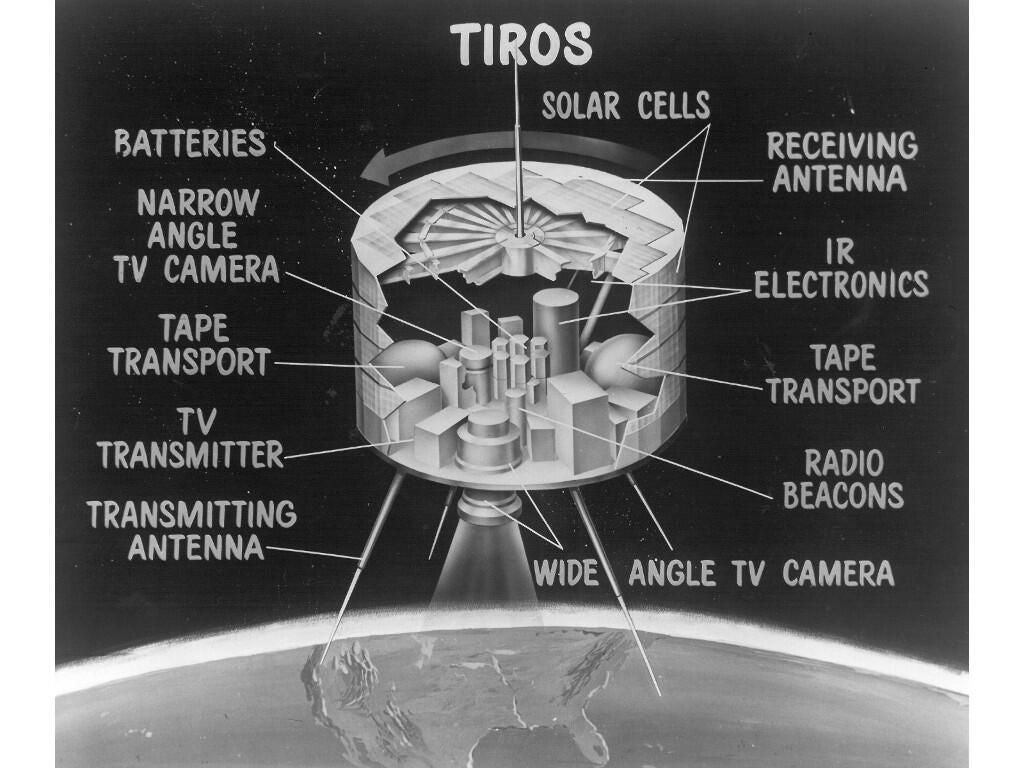

TIROS 1: The first weather satellite
TIROS 1: The first weather satellite
Built by the Radio Corporation of America and launched on April 1, 1960, the weather satellite TIROS 1 was the first successful launch of a meteorological satellite. While it only functioned for 78 days, TIROS 1, and the NASA program associated with it, made some of the first satellite-based weather forecasts in history.
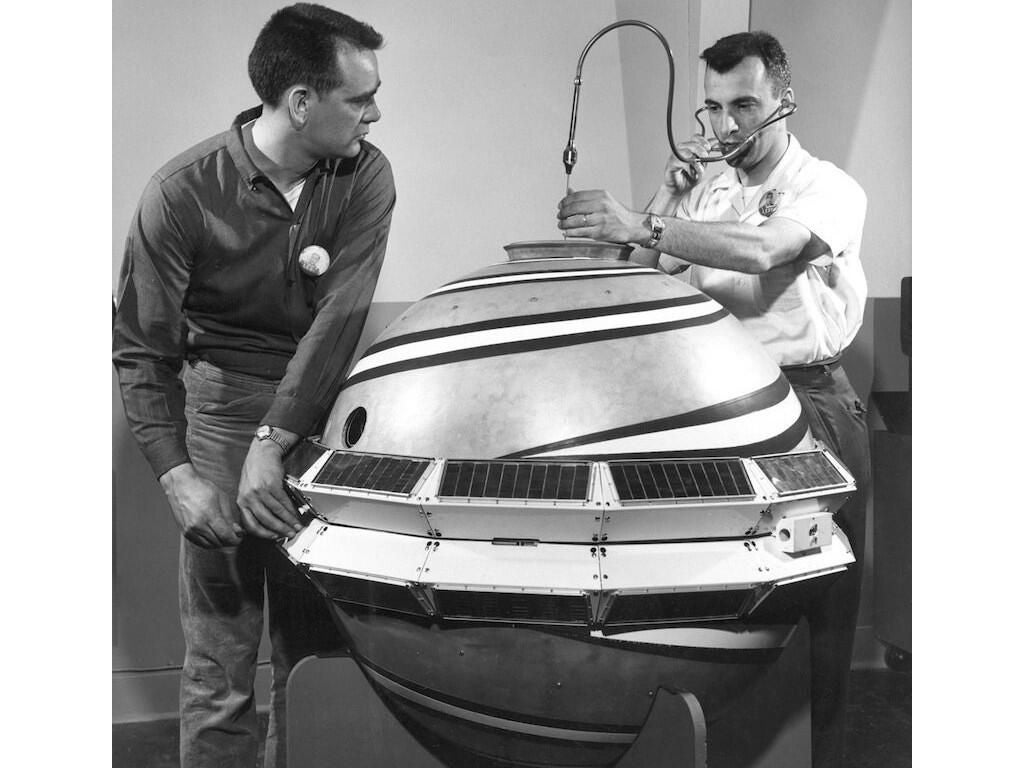

Transit 1B: The forerunner of GPS
Transit 1B: The forerunner of GPS
We take GPS for granted in the modern world–after all, most of us carry an incredibly accurate satellite-based location device in our pockets. That wasn’t the case in 1960 when Transit 1B launched.
Transit 1B was the first successful launch of an entire network of satellites that provided navigation services to the US Navy, and later to civilians, all the way until their retirement in 1996.
Transit was superseded by GPS, which is more accurate and can keep a continuous fix, while Transit was only able to provide fixes roughly once per hour.
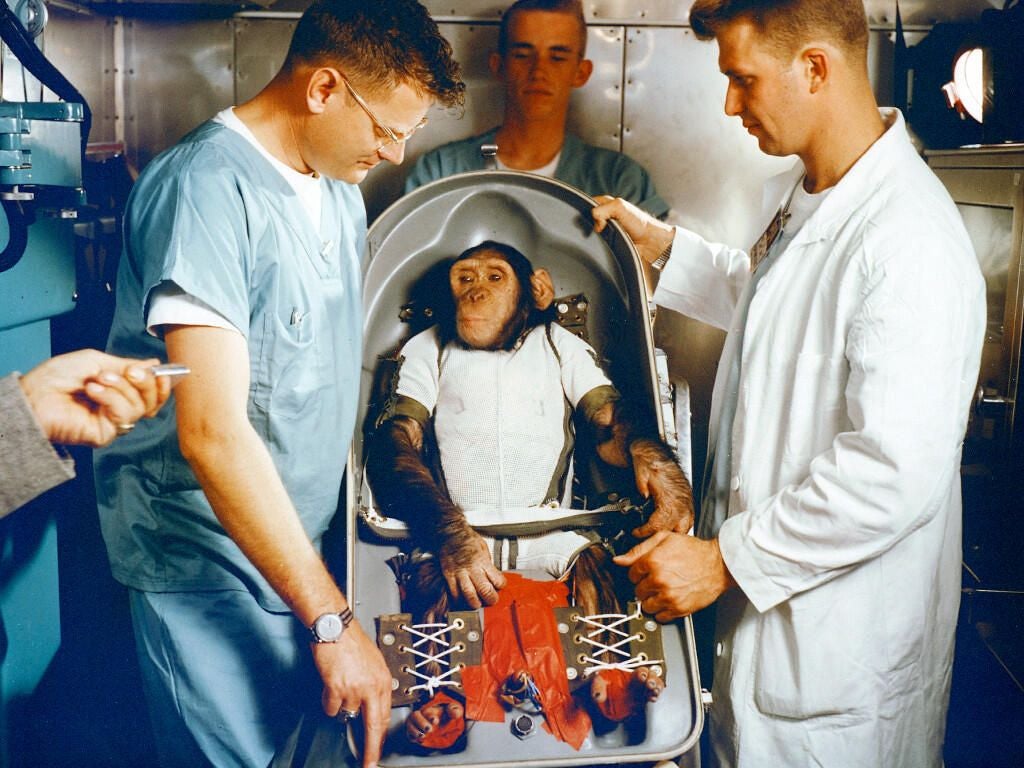

The first successful Mercury launches
The first successful Mercury launches
The Mercury space capsule, launched by a Redstone rocket, made its first successful flight and ocean landing on December 19, 1960. The flight was unmanned, but the total success of the capsule/rocket system proved that NASA’s design for the earliest manned spaceflight worked.
A little over a month after Mercury 1 made history Mercury 2 followed suit–this time with a passenger: Ham the chimpanzee. Ham did more than just go along for the ride of a lifetime–he was also responsible for pushing a lever whenever a blue light in the cockpit flashed, which he did with success, proving that human astronauts would be able to perform tasks in space.
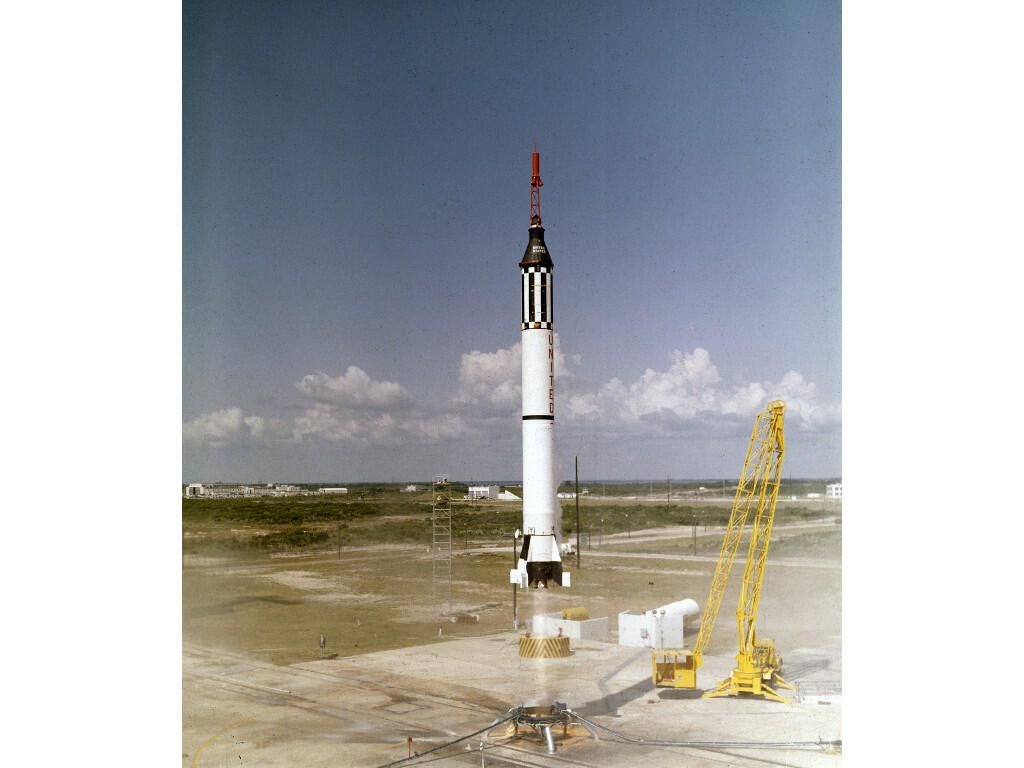

Freedom 7: Alan Shepard becomes the first American in space
Freedom 7: Alan Shepard becomes the first American in space
Alan Shepard, the sole crew member of the third Mercury mission, named Freedom 7, became the first American to make it into space. Shepard didn’t orbit Earth–he went up and came back down over the course of 15 minutes on May 5, 1961.
Shepard, like Ham before him, was flying mainly to see how humans would respond to spaceflight. According to NASA’s Freedom 7 mission page:
“The main scientific objective of project Mercury was to determine man’s capabilities in a space environment and in those environments to which he will be subject upon going into and returning from space. A few of the basic flight problems included: The development of an automatic escape system, vehicle control during insertion, behavior of space systems, evaluation of pilots capabilities in space, in flight monitoring, retrofire and reentry maneuvers and landing and recovery.”
The Apollo program kicks off
With NASA proving that humans could make it into space, the US wasted no time in deciding on a loftier goal: Landing humans on the moon. President Kennedy announced the Apollo project on May 25, 1961, giving it the ambitious goal of landing American astronauts on the moon by the end of the decade.
In order to get to the moon and back, NASA would need to solve a bevy of problems:
- A rocket was needed that would reach escape velocity carrying a much heavier payload than a small satellite.
- A spacecraft capable of handling the stress of prolonged space travel was needed.
- NASA would need to figure out how to launch a crew to the moon, put them in a lunar orbit, land a smaller craft, return to space, and then successfully land on Earth.
- A space suit capable of extra-vehicular activity would be needed.
NASA developed amazing technology to make the Apollo missions a success, and did so with an incredibly small amount of computing power by today’s standards. The Apollo guidance computer only had 64 KB of memory and 0.043 MHz of processing power, yet it was able to make multiple lunar missions a success.
SEE: NASA’s unsung heroes: The Apollo coders who put men on the moon (cover story PDF) (TechRepublic)
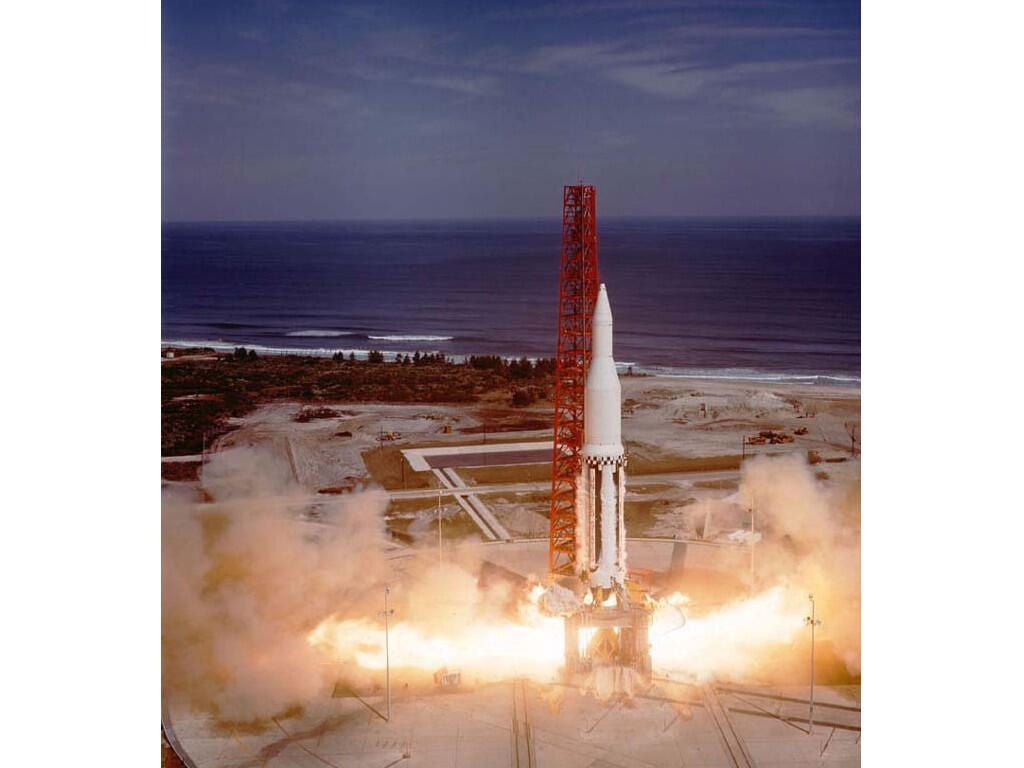

The Saturn 1 rocket makes its premier
The Saturn 1 rocket makes its premier
Getting to the moon required a big rocket, and the Saturn 1 was built to fit the bill. The best way to understand the sheer size and power of the first Saturn rocket, which launched on October 27, 1961, is to compare it to the Redstone rocket that took Alan Shepard into suborbital space.
The Mercury-Redstone Launch Vehicle stood an impressive 83 feet high, but it was dwarfed by the Saturn’s 180 feet. Not only was the Redstone less than half the size of Saturn, but it also had a lot less lifting power: It was capable of taking 4,000 pounds to suborbital height, while the Saturn could lift 20,000 lbs to low-Earth orbit (a much greater height). Saturn rockets were also multi-stage, giving them a lot more flight time and thrust than the single-stage Redstone.
John Glenn goes into orbit
On February 20, 1962, John Glenn became the first American astronaut to orbit the Earth, which he did three times before landing in the Atlantic Ocean. Glenn’s mission was a success, but he was forced to take manual control of his craft, Friendship 7, when the autopilot failed during the second orbit.
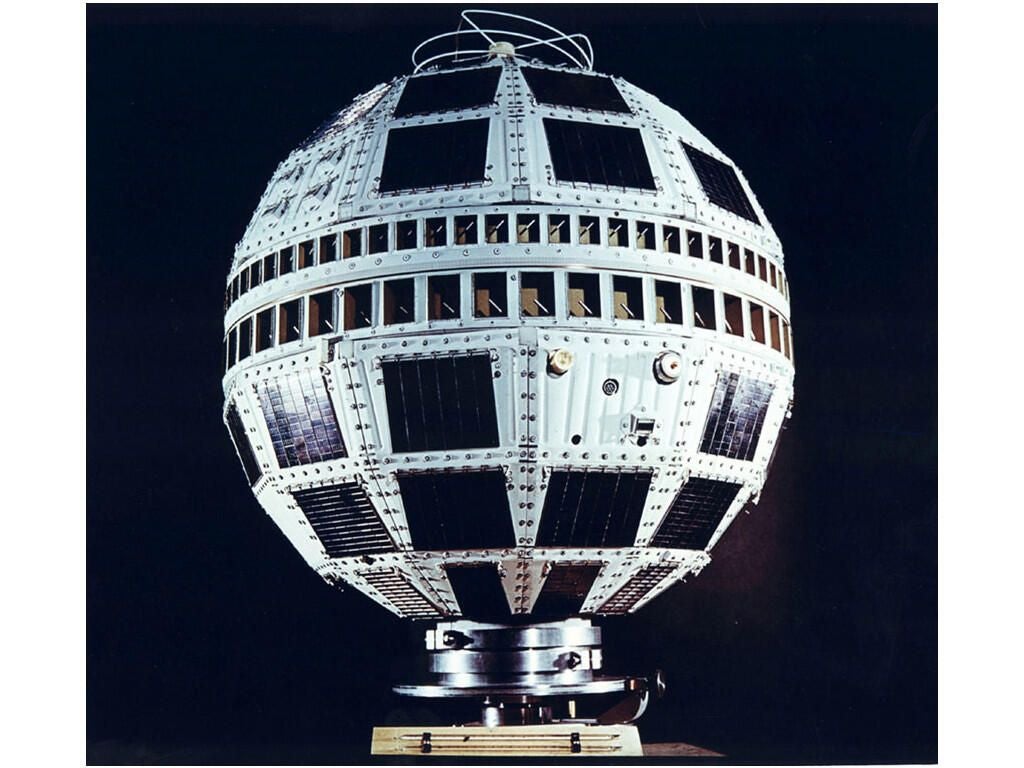

Telstar: A commercial satellite that changed communication
Telstar: A commercial satellite that changed communication
The tiny Telstar 1 satellite only had a diameter of 34″, but it was a huge leap forward in communication technology.
Built by Bell Labs for AT&T and launched on July 10, 1962, Telstar 1 delivered the world’s first transatlantic television signal, broadcasting from Maine to Brittany, France. It was the first private satellite to be launched.
Telstar was only in operation for a few months, and most of the things it broadcast were experimental. Despite that, it paved the way for the worldwide television broadcasts we take for granted over 50 years later.
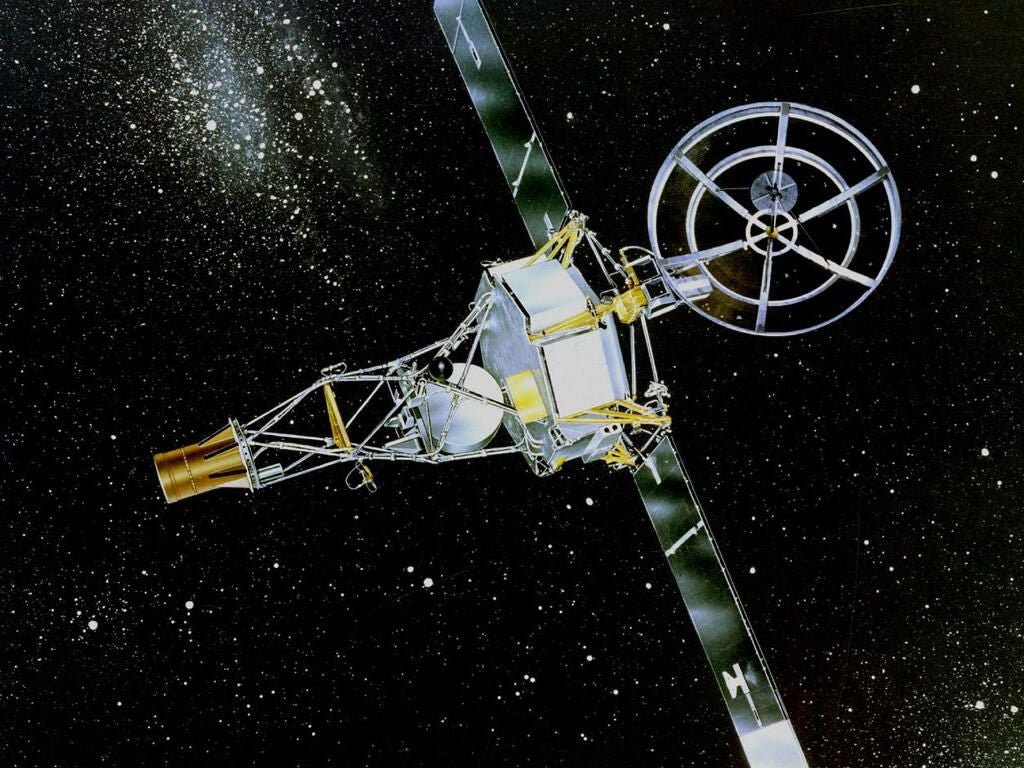

Mariner 2: The first interplanetary probe
Mariner 2: The first interplanetary probe
Launched on August 27, 1962, Mariner 2 was the first satellite to successfully reach another planet when it entered orbit around Venus in December 1962. Mariner 2 sent back reams of data, including the first recorded measurements of the temperature of another planet and data about interplanetary solar winds.
Gemini gets off the ground
As work continued on the Apollo mission’s goal of sending a man to the moon, a second NASA program called Gemini recorded its first successful flight. Gemini was described by NASA as being a bridge between the Mercury and Apollo missions. Its goal was to put capsules with two-man crews into orbit for extended tests.
Gemini 1 was an unmanned test flight launched on April 8, 1964. It orbited four times before returning to Earth.
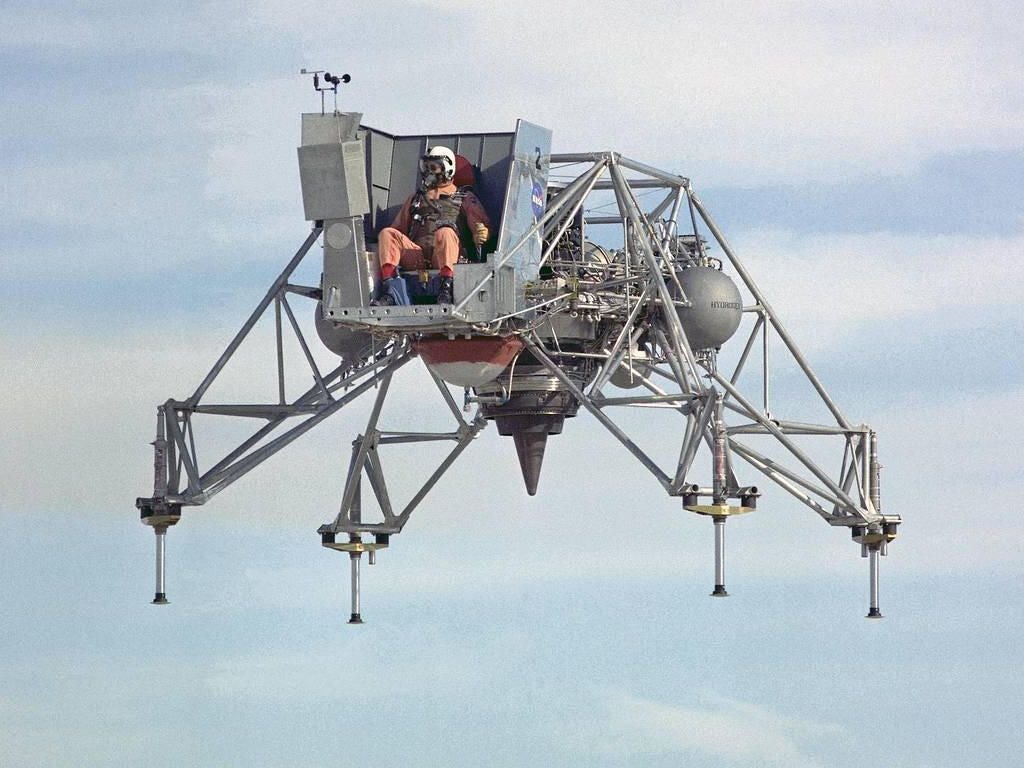

The Lunar Landing Research Vehicle takes off
The Lunar Landing Research Vehicle takes off
Landing a spacecraft on the moon needed more than just mathematical predictions–it needed practice as well. To give moon-bound astronauts the training they needed, NASA built the Lunar Landing Research Vehicle (LLRV).
The LLRV first flew on October 30, 1964 and was used until 1967 to train astronauts. It had a massive turbofan engine that would lift the LLRV to 1,500 feet (a bit over a quarter mile) and then reduce power to simulate the LLRV slowly falling to the moon under lunar gravity. The pilot would then have to use maneuvering jets to control the descent of the vehicle safely to the ground.
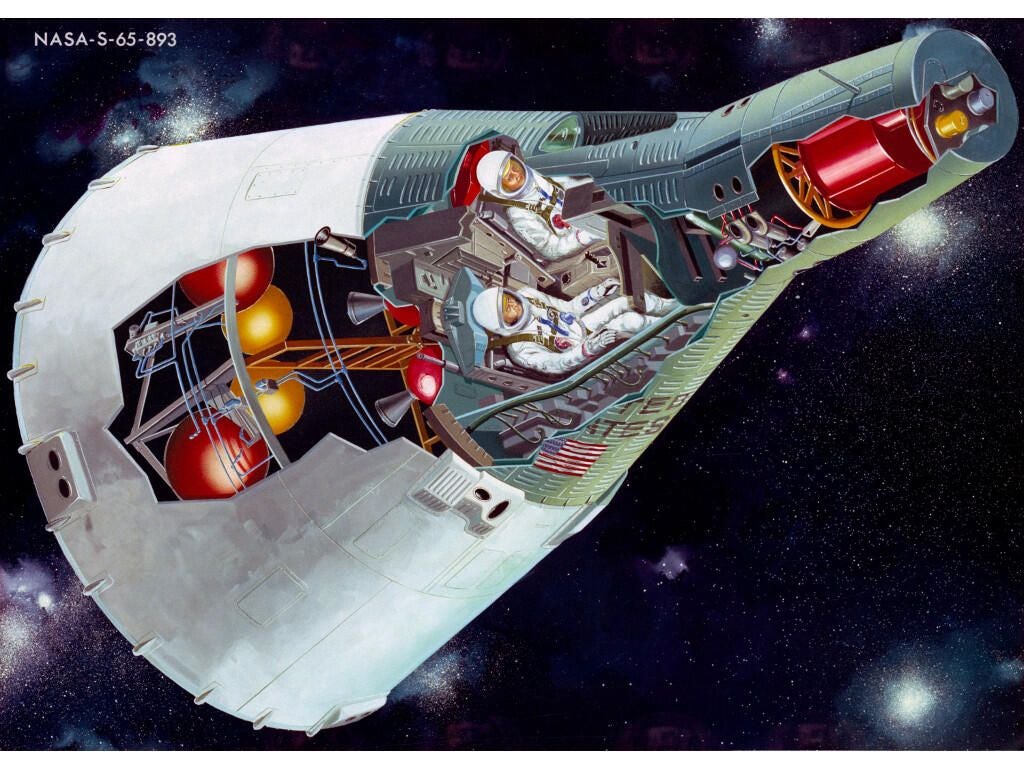

The first manned Gemini mission
The first manned Gemini mission
Gemini 3, launched on March 23, 1965, was the first Gemini mission with crew onboard. It did four orbits of Earth over the course of just under five hours before touching down in the Atlantic Ocean.
Gemini 3 was most famous for performing the first orbital maneuvers by a manned spacecraft. It also demonstrated the ability of the Gemini module to produce lift during descent, enabling it to change its landing point–something else that previous spacecraft were incapable of doing.
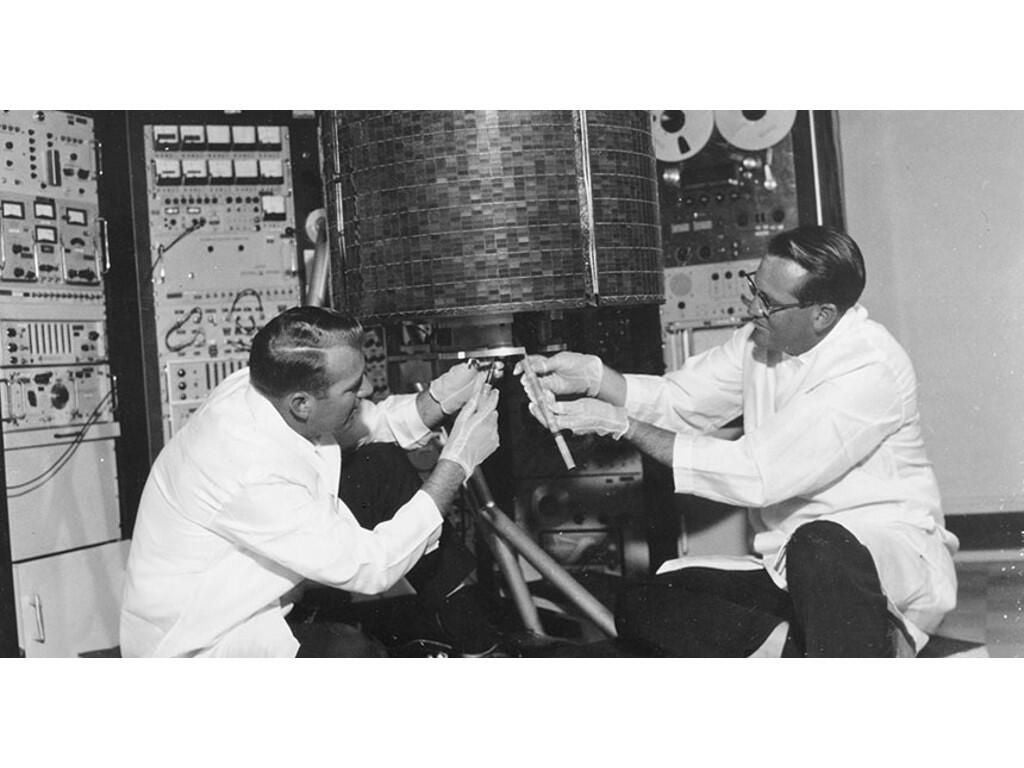

Early Bird: The first geostationary communication satellite
Early Bird: The first geostationary communication satellite
Intelsat 1, nicknamed Early Bird, was a commercial television broadcast satellite that was the first to be placed into geosynchronous orbit, meaning it retains a fixed position over a point on the Earth’s surface.
Early Bird was the first satellite to provide near-instance television, telephone, and fax services between the US and Europe.
The first space walk
Another task that was essential to perfect prior to going to the moon was extravehicular activity (EVA). The first EVA by an American astronaut was performed during the Gemini 4 mission, which lasted from June 3-7, 1965.
Astronaut Ed White went on a 20-minute tethered EVA, during which he maneuvered around the Gemini capsule using a handheld “maneuvering gun” that expelled pressurized oxygen to change his trajectory.
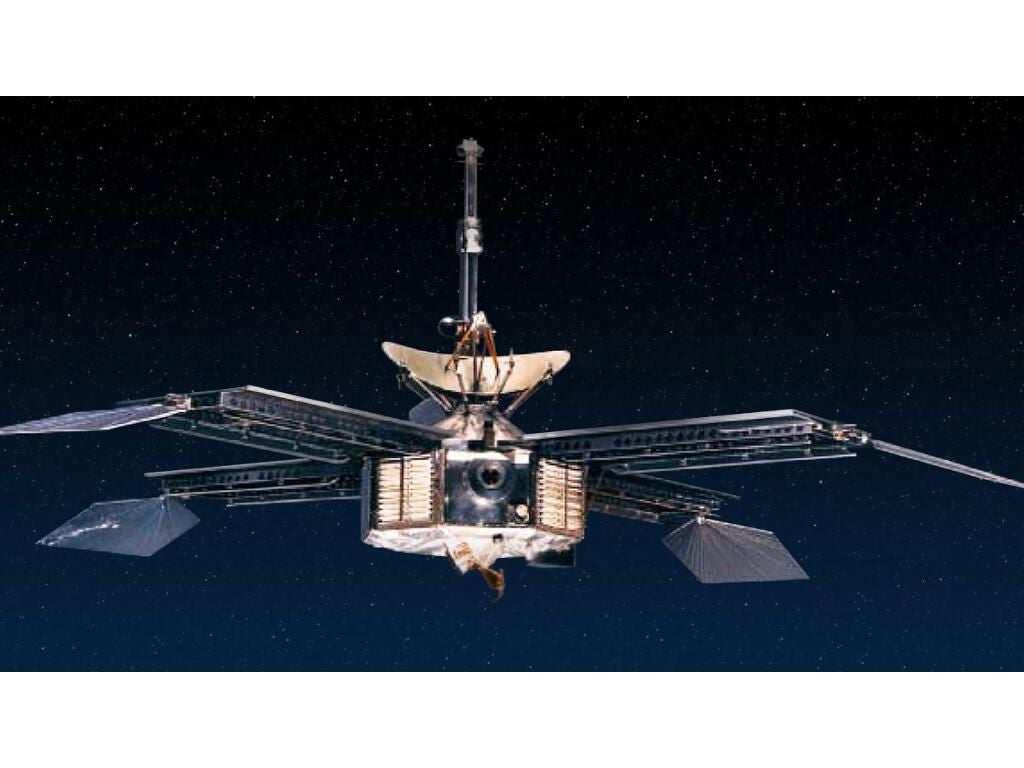

Mariner 4 captures the first images of the Martian surface
Mariner 4 captures the first images of the Martian surface
Long the subject of speculative fiction and scientific hypothesis, Mars was finally proven to be a cold, dead world when Mariner 4, launched November 28, 1964, finally flew to within 6,118 miles of the red planet.
Mariner 4 captured images of Mars’ surface, along with readings showing the planet to have an incredibly thin atmosphere, making it unlikely to support advanced life capable of building the massive canals that gave rise to generations of science fiction stories.
SEE: The 26 most underrated science-fiction books (TechRepublic)
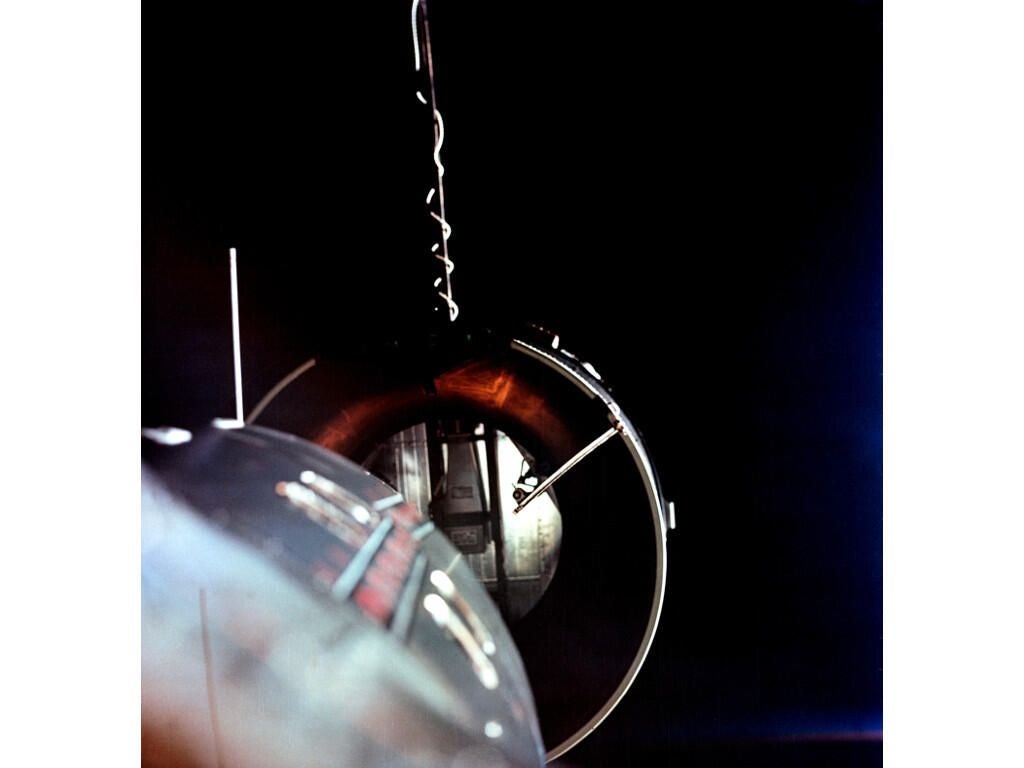

Gemini 8: The first docking of two craft in space
Gemini 8: The first docking of two craft in space
A crucial part of a mission to the moon was docking and undocking two spacecraft together–the lunar lander would need to perform just such a task before returning to Earth.
Gemini 8, commanded by future first-man-on-the-moon Neil Armstrong, was able to successfully connect Gemini 8 to the Agena target vehicle, but a thruster malfunction caused them to disconnect early and cut the mission short. Nonetheless, it was a successful docking and proof that one more technological barrier to reaching the moon had been surpassed.
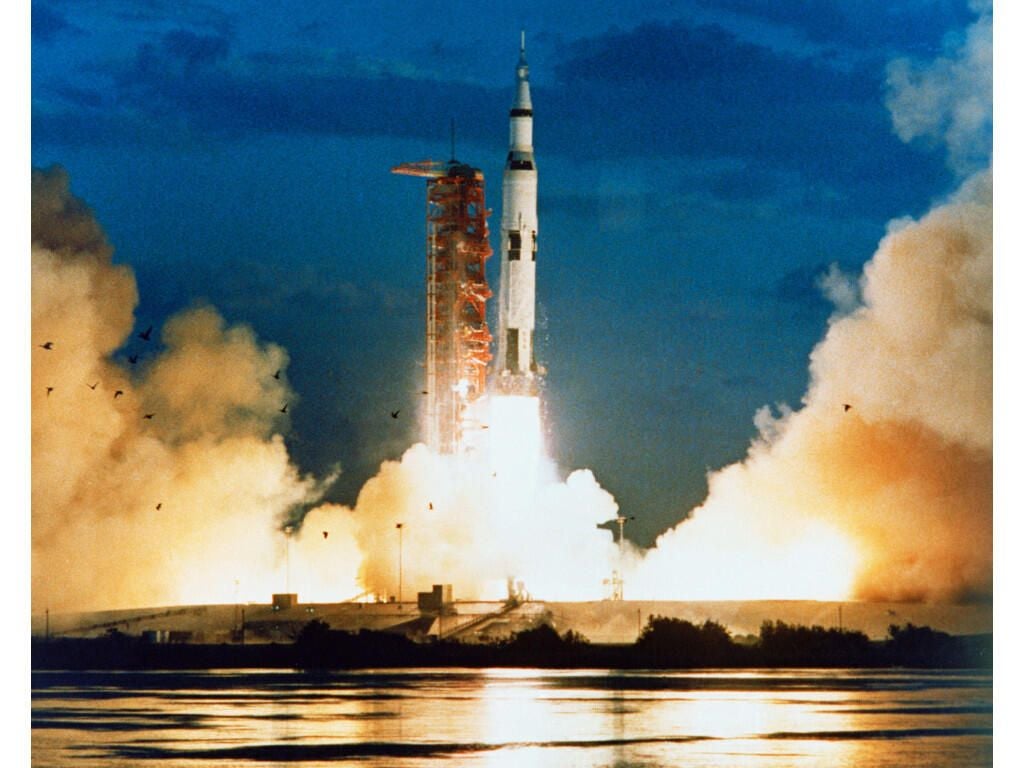

The Apollo missions set the stage for going to the moon
The Apollo missions set the stage for going to the moon
Apollo missions 4-10, which launched between the end of 1967 and into 1969, all existed for the sole purpose of preparing for the moon landing; each mission accomplished a new task and proved that individual portions of the lunar mission was possible. The biggest challenge would be combining the individual accomplishments of all the prior Apollo missions into one successful launch.
Prior to the successful moon landing of Apollo 11,
- Apollo 4 was the first launch of the entire Apollo spacecraft on a Saturn V rocket. Apollo 4 was unmanned but proved that the Command Support Module (CSM) could make it to orbit, the third stage of the Saturn V rocket (the part that got the craft to the moon) could be successfully fired, and that a new command module heat shield worked.
- Apollo 5 was unmanned and was the first launch of the Lunar Module (LM), which was successfully tested and rated for crew use.
- Apollo 6, also unmanned, rated the Saturn V rocket for human launch.
- Apollo 7, the first manned Apollo mission, proved that humans could handle an Apollo launch, and that the CSM was capable of extended operations (the mission lasted 10 days).
- Apollo 8 was the first manned flight to the moon. Apollo 8’s objective, which was successfully completed, was to test all the systems for reaching, and returning from, lunar orbit.
- Apollo 9 was the first manned launch of the complete Apollo package: The CSM and LM. Apollo 9 was also the first to dock two manned spacecraft, when the CSM and LM reconnected with crew in both. Finally, Apollo 9 was the first test of the Apollo space suits, which didn’t require a direct tether to their vessel for life support.
- Apollo 10 was a full test run of the lunar mission, performing all the tasks that Apollo 11 would complete, short of landing on the moon. Apollo 10 even separated and sent its LM toward the moon’s surface, but stopped and returned around 10 miles from the ground.
Pictured: The launch of Apollo 4.
SEE: Photos: The computer programmers behind NASA’s Apollo missions (TechRepublic)
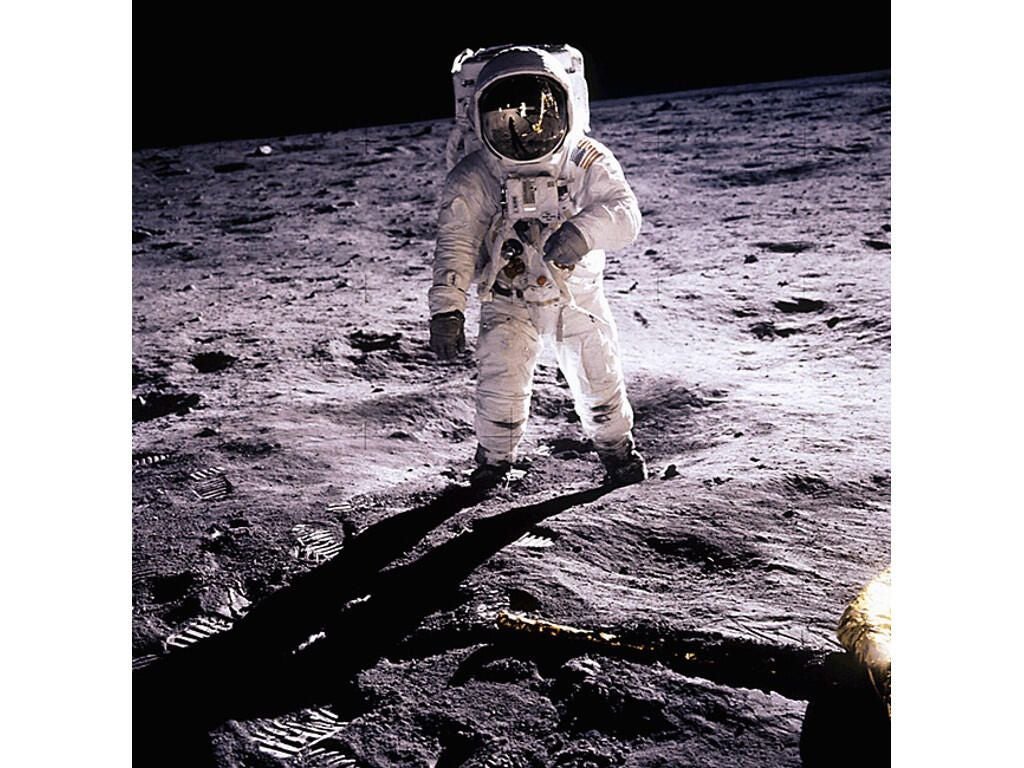

Apollo 11: Man walks on the moon
Apollo 11: Man walks on the moon
On July 20, 1969, Neil Armstrong declared his first step on the moon to be “one small step for [a] man,” and “one giant leap for mankind,” and it surely was. Not only did Apollo 11 effectively end the space race between the Soviet Union and the US, but it proved that humans had the technological capability to travel 238,900 miles through empty space and successfully put a 36 foot metal tube in orbit of a body only 27% the size of Earth. That’s impressive, especially considering the early stages of computing technology humanity was at in 1969.
SEE: NASA’s unsung heroes: The Apollo coders who put men on the moon (cover story PDF) (TechRepublic)
Apollo 15 and the lunar rover
While previous missions to the moon had been essentially testing for spacecraft and equipment, the Apollo 15 mission launched on July 26, 1971 and signaled a shift in mission priorities. The Apollo 15 LM was outfitted for a four-day stay on the moon’s surface, during which time astronauts focused on scientific experiments instead of just equipment tests.
Apollo 15 also brought with it the first lunar rover vehicle, capable of a blistering 8 MPH. Apollo 15 was the first of three extended scientific missions on the moon and was followed by Apollos 16 and 17.
The first orbit of Mars
The satellite Mariner 9 entered orbit of Mars on November 13, 1971, making it the first man-made satellite to enter the orbit of another planet. Mariner 9 mapped 85% of Mars’ surface, transmitted over 7,000 images back to Earth, and captured the first pictures of Phobos and Deimos, two of Mars’ moons.
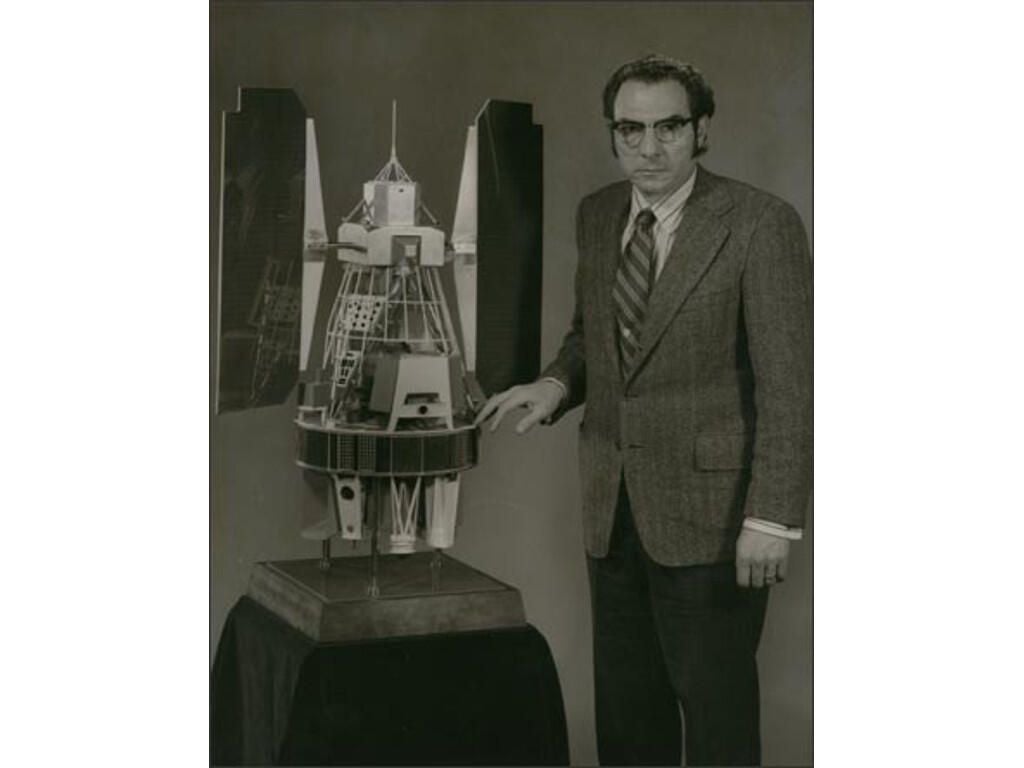

Landsat 1: The first earth-studying satellite
Landsat 1: The first earth-studying satellite
Launched on July 23, 1972, Landsat 1 was the first satellite of the Landsat Program, and while Landsat 1 only lasted six years the Landsat Program is still ongoing.
Landsat 1 captured images and multispectral scans of the Earth’s surface to help scientists study natural resources, water supplies, geography, environmental conditions, and more.
Landsat 1 even discovered a 25×45 meter island off the coast of Canada, which was named Landsat Island in its honor.
Pictured: A model of Landsat 1 with Landsat project scientist Stan Freden.
Skylab
NASA launched its first orbital space station, called Skylab, on May 14, 1973. Beset with initial problem due to vibrations during liftoff and damage to a meteoroid shield and solar panels, the crew of Skylab 2, the first manned mission to the station, managed to repair it.
Skylab’s main module, the Orbital Workshop, was built from a repurposed Saturn rocket and housed scientific equipment, a galley, and crew quarters. Skylab also contained a telescope mount for solar observation, a specially built docking adapter, and an airlock module.
Three manned Skylab missions were flown, with the first lasting 28 days, the second 59, and the third 84.
Experiments conducted on the station included biomedical research, studies of how animals responded to zero-gravity environments, studies of the Earth’s surface, solar physics and astronomy, material science tests, and more.
The first flyby of Jupiter
Spacecraft Pioneer 10 made the first flyby of Jupiter in human history on December 3, 1973, which also made it the first spacecraft to pass through the asteroid belt that separates Mars from the outer planets of the solar system.
Pioneer 10 recorded the first close-up images and planetary data of Jupiter, and afterward went on to be the first man-made object to pass beyond Pluto.
Pioneer 10 may be most famous for the plaque it carries, which aims to give any extraterrestrials that discover it some idea of what humans look like and where we come from.
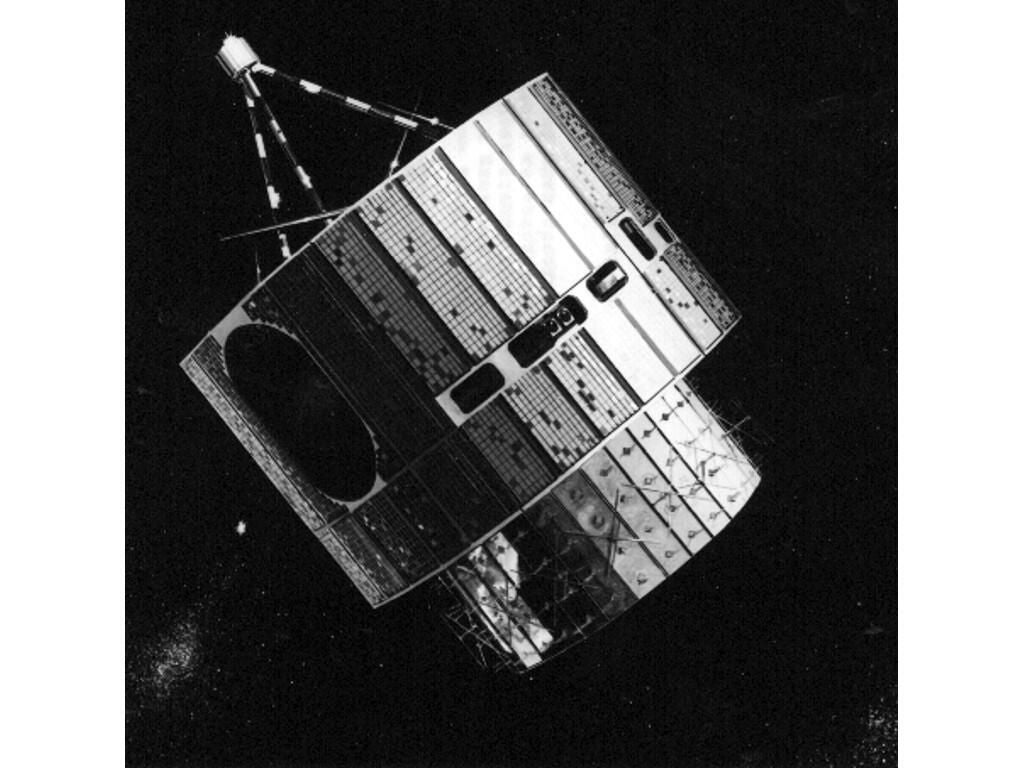

SMS-A: The first geosynchronous weather satellite
SMS-A: The first geosynchronous weather satellite
Synchronous Meteorological Satellite-A (SMS-A), also known as SMS-1, was the first geosynchronous weather satellite, and was launched on May 17, 1974.
The SMS program, which only consisted of SMS-1 and one other probe, was a test program that didn’t last very long. It was followed nearly immediately by the Geostationary Operational Environmental Satellite program, which is still in operation forecasting weather, tracking storms, and performing meteorological research.
Viking 1 conquers Mars
The two-part probe Viking 1, which consisted of a lander and an orbiter to which it relayed information, landed on Mars on July 10, 1976, making it the first spacecraft to land on the red planet. Viking 1 transmitted the first images of the Martian surface as well.
NASA had planned for Viking 1 to end its mission on November 15, 1976, but it kept transmitting data until November 11, 1982. In all that time it never accomplished its goal of finding traces of life on Mars, but it did collect the first Martian soil samples that helped us understand that Mars is, in NASA’s words, “a cold planet with volcanic soil, a thin, dry carbon dioxide atmosphere and striking evidence for ancient river beds and vast flooding.”
The Enterprise takes flight
The first space shuttle, named the Enterprise thanks to a write-in campaign insisting the US president name it after the vessel from Star Trek, was completed on September 17, 1976.
The Enterprise was never designed for space flight–it lacked engines and heat shielding–but was instead designed to test the shuttle’s ability to be landed as a glider.
Enterprise was first flown attached to a Boeing 747, which was used to transport future space shuttles from one of their various landing sites back to Cape Canaveral. These joined flights were to test the structural stability of the shuttle.
After several joined flights, both manned and unmanned, the Enterprise was separated from its 747 escort while in flight and then piloted to the ground by a pair of astronauts.
NASA considered refitting Enterprise into a spaceworthy craft, but necessary design changes made it financially untenable.
The Voyager missions
NASA launched two deep space probes, Voyager 1 and Voyager 2, on September 5, 1977, and August 20, 1977, respectively, and both are still transmitting data back to Earth.
Since their launches, both Voyager probes have explored all of the outer planets and 48 of those planets’ moons, as well as sent back massive amounts of data about those planets and the space that surrounds them.
Voyager 2 discovered the first evidence of the heliopause, a boundary between the solar system and interstellar space, in 1993. While Voyager 2 has yet to pass beyond the heliosheath (the outermost layer of the heliosphere) into interstellar space, Voyager 1 is already there and sending information, including what interstellar space sounds like, back to NASA.
Seasat: Focusing on the ocean
Landsat may have been responsible for looking at the solid part of Earth’s surface, but it wasn’t until the launch of Seasat on June 26, 1978 that NASA started monitoring the oceans. Seasat only functioned for 108 days, but in that time it collected invaluable data on ocean winds, temperatures, wave heights, atmospheric water content, sea ice, and more.
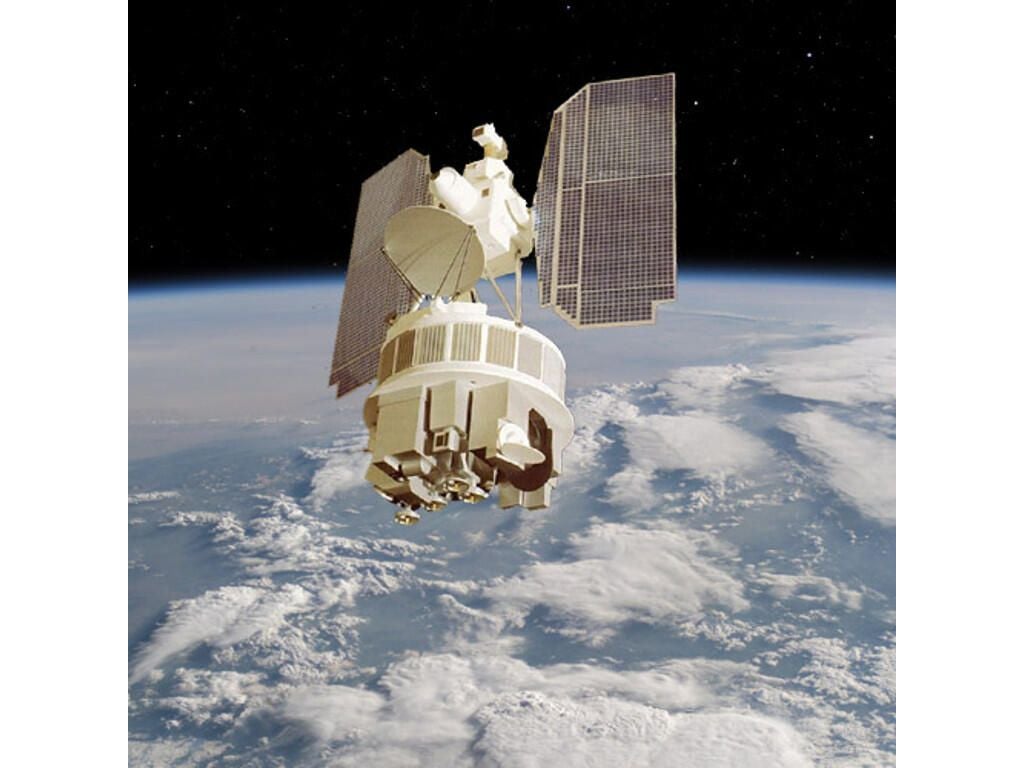

The discovery of the ozone hole
The discovery of the ozone hole
The Nimbus meteorological satellites had been in space for a while before Nimbus 7, which was launched on October 24, 1978. It was Nimbus 7’s measurements, conducted between 1978 and 1994, that helped validate the existence of the ozone hole–largely caused by CFCs released by refrigerants and aerosol cans–over the south pole. As of 2017 the ozone hole’s peak size, usually occurring between September and October, was the smallest it had been since 1988.
Staring straight at the sun
The Solar Maximum Mission, designed to study solar phenomena like solar flares and sunspots, launched on February 14, 1980. It was the first NASA mission to study the sun.
During its nine-year mission, Solar Maximum discovered 10 sungrazing comets, and also discovered that, contrary to popular belief, the sun was actually brighter during sunspot cycle maximums, which occur when the greatest number of dark spots appear on the sun’s surface.
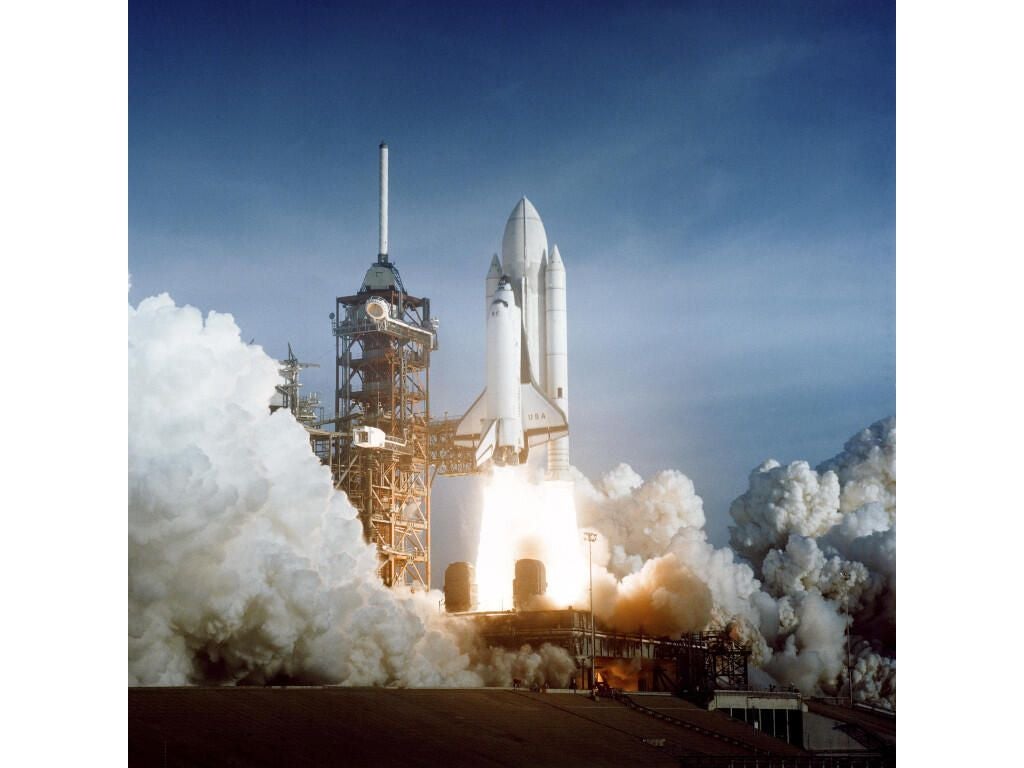

Columbia becomes the first shuttle in space
Columbia becomes the first shuttle in space
On April 12, 1981, the space shuttle Columbia became the first space shuttle to launch into orbit, where it stayed for two days prior to landing on a runway at Edwards Air Force Base in California.
Columbia’s flight was the first manned American spaceflight since 1975, and was performed as an operational test of a full shuttle launch, and the two-man crew spent most of their 53 hours in orbit performing system tests.
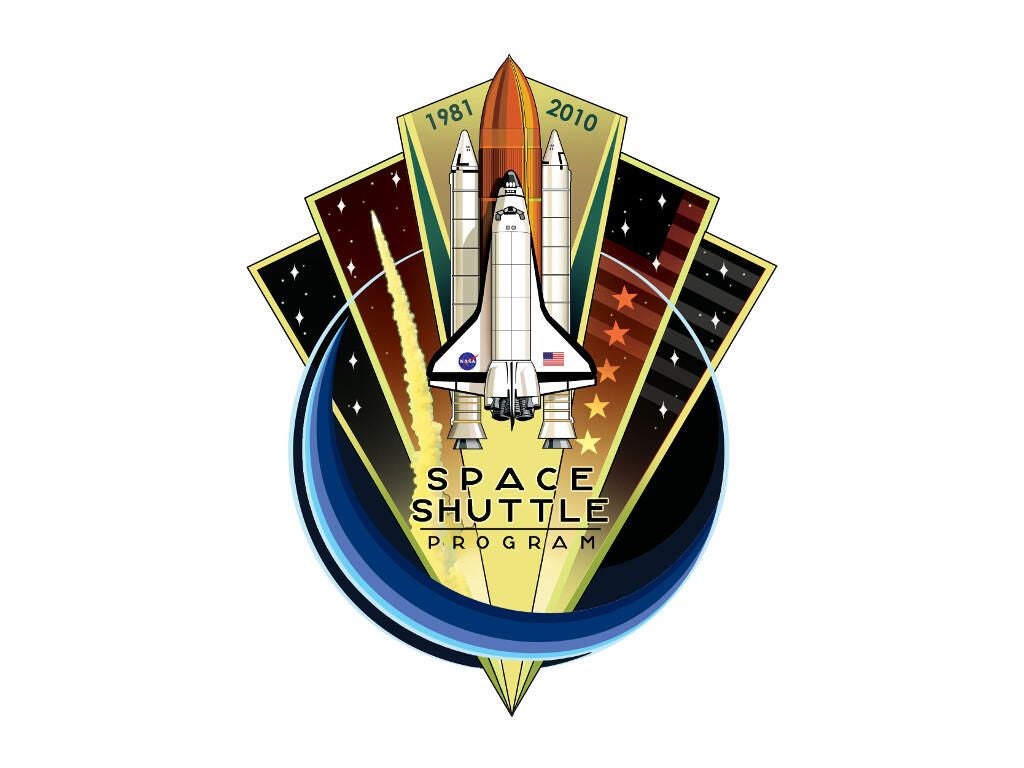

Space Shuttle program accomplishments
Space Shuttle program accomplishments
NASA’s Space Shuttle program accomplished a long list of missions and experiments over its 30-year operation. Shuttles were essential in:
- building the International Space Station (ISS);
- Ferrying crew to and from the Russian space station Mir and the ISS;
- Launching and maintenance of the Hubble Space Telescope; and
- Bringing booster-assisted satellites into low-earth orbit so they could begin their missions.
Spacelab, a cargo bay-mounted laboratory module that went on many shuttle flights, performed a large number of experiments that increased our understanding of microgravity operations, biological science in space, Earth’s atmosphere, and more.
Space shuttles were also the vehicles that delivered the first African-American astronaut, Guion Bluford, and the first female astronaut, Sally Ride, into space.
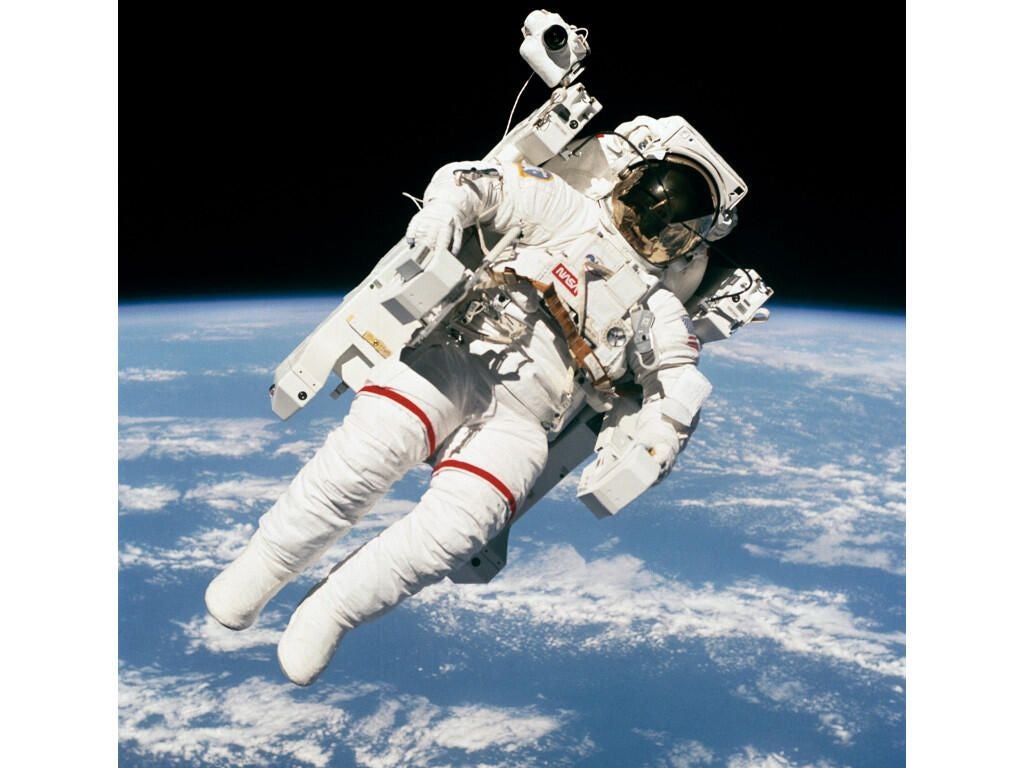

The first untethered spacewalk
The first untethered spacewalk
On February 7, 1984, Bruce McCandless II became the first astronaut to conduct an untethered spacewalk. He left the Space Shuttle Challenger without any physical attachment and maneuvered around the craft using the Manned Maneuvering Unit (MMU), a large backpack with 24 nitrogen nozzle thrusters.
His test of the MMU was performed in anticipation of using it to capture the Solar Maximum Mission satellite, which had gone out of service and was in need of repair. The MMU was only used on three shuttle missions before it was decided that using it was too risky, and development of other tethered spacewalk programs have since replaced it.
Magellan maps Venus
Mariner 2 may have gathered information on Venus in 1961, but little was still known about the planet. Enter the Magellan mission, which launched on May 4, 1989.
Magellan’s goal was to enter orbit of Venus and map its surface using imaging radars. Magellan mapped 99% of the surface of Venus, aiding in the discovery of active plate tectonics and lava flows on the planet.
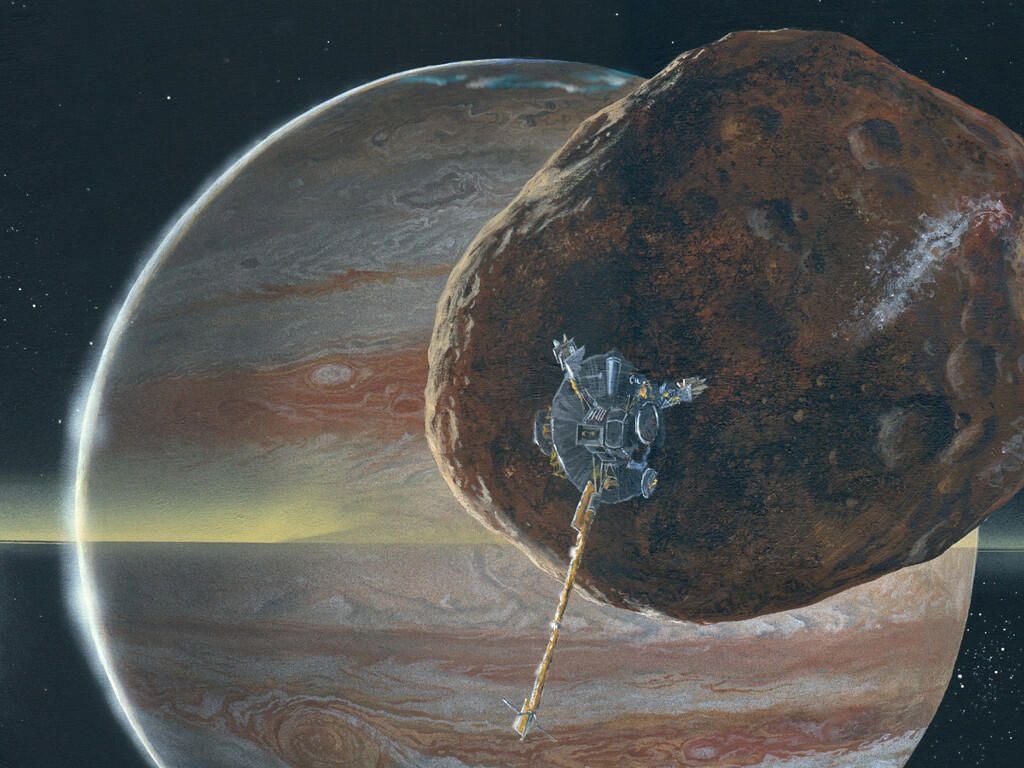

Galileo: First asteroid encounters
Galileo: First asteroid encounters
The Galileo probe, launched from the Space Shuttle on October 18, 1989, headed for Jupiter with the objective of studying its atmosphere and collecting data on its moons.
On its way to Jupiter, Galileo became the first spacecraft to visit asteroids when it spent time observing Gaspra and Ida, as well as gathering direct observations of a comet’s impact and collecting infrared images of Venus.
Once arriving at Jupiter, Galileo:
- collected information on the makeup of Jupiter;
- found volcanoes on Io;
- discovered a magnetic field on Ganymede (no known moon had been found to contain one prior to that);
- saw evidence of liquid salt water on Europa, Ganymede, and Callisto; and
- recorded evidence of thin atmospheres on Europa, Ganymede, and Callisto.
Also of note, Galileo was turned toward Earth when it did a gravity-assisted flyby of the planet on it way to Jupiter. Astronomer Carl Sagan wanted to use Galileo to see if life on Earth could be detected from space; the success of that experiment has lead to what is now called the Sagan criteria for life.
The Hubble Space Telescope
The 43″, 24,000 lbs Hubble Space Telescope was placed into orbit by the Space Shuttle Discovery on April 24, 1990, and has since been providing some of the most detailed images of outer space.
The telescope’s main mirror measures 7.9″ across, and its near ultraviolet, visible light, and near infrared photography capabilities enable it to capture images of the dimmest light coming from the deepest depths of space.
Hubble transmits nearly 150 gigabits of raw data to NASA every week, and has made over 1.3 million observations since it first launched. Because it focuses on faraway obiects, Hubble has to be finely tuned, and it is: It’s capable of locking on to a target with less than 7/1000th of an arcsecond variation, which equates to focusing on something the width of a human hair from one mile away.
The deepest image ever captured by the Hubble Space Telescope is the extreme deep field, a close-up of a small patch of sky that looks littered with stars that are actually galaxies. Those galaxies are so far away that the light captured by Hubble is estimated to be 13.2 billion years old. To put that in perspective, the estimated age of the universe is 13.7 billion years.
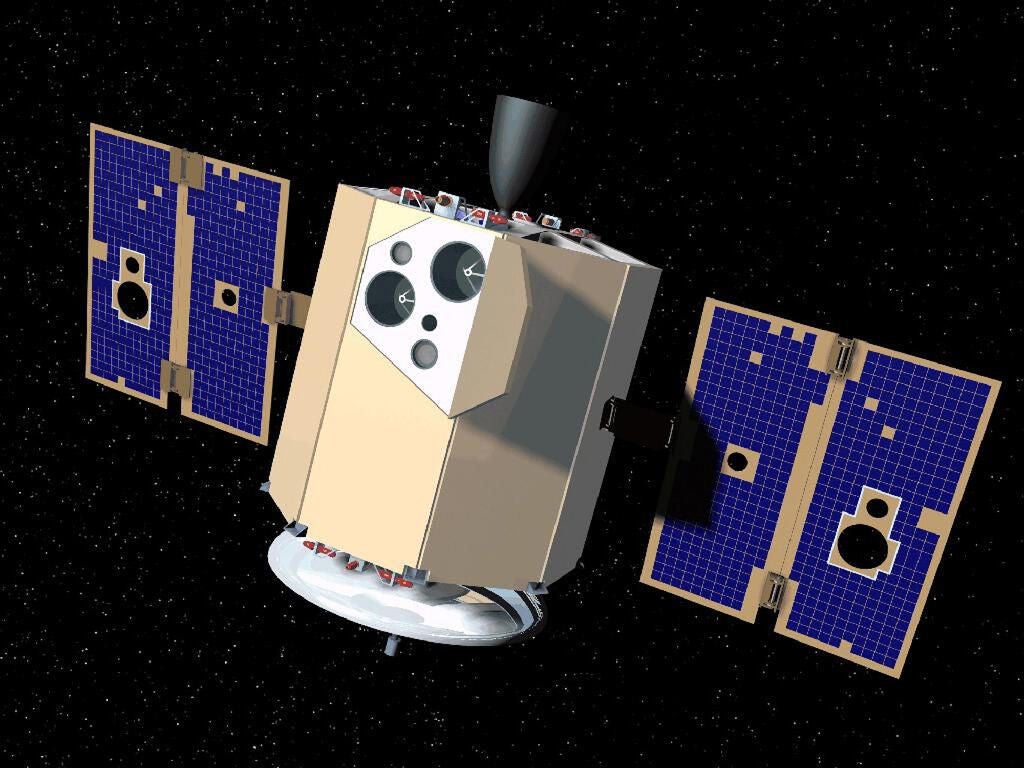

Clementine finds water on the Moon
Clementine finds water on the Moon
Clementine, a probe sent to the moon on January 25, 1994, was designed to study the surface mineralogy of the moon, as well as near-Earth asteroid 1620 Geographos. Clementine studied the moon in great detail, but was unable to make it to Geographos due to an equipment failure.
Regardless of not making it to its second target, Clementine brought back exciting information: There is water on the moon, and a lot of it. Enough, in fact, that NASA believes it would be able to support a human colony and rocket fueling station.
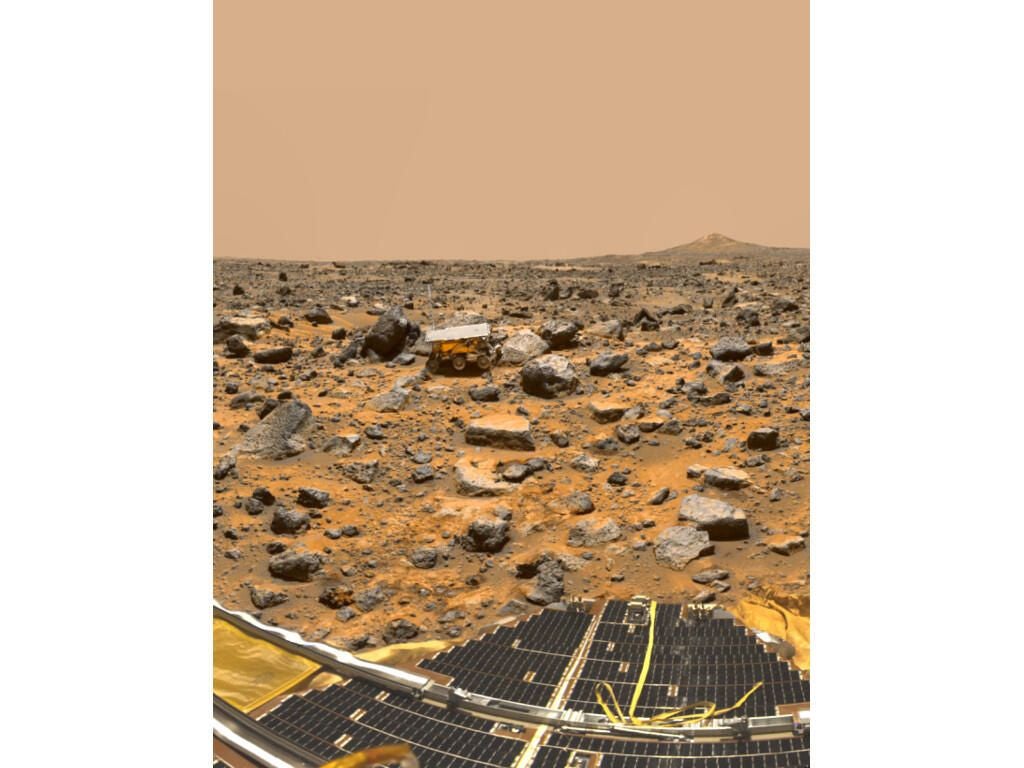

Pathfinder: The first rover on Mars
Pathfinder: The first rover on Mars
When Pathfinder launched on December 4, 1996, NASA scientists had no idea what it would discover. Over the course of its three-month mission, Pathfinder revealed secrets of Mars that have fueled 20 years of fascination with a return–possibly human-led–to the red planet.
Among its discoveries, Pathfinder:
- found evidence for a warmer past on Mars in which liquid water flowed freely;
- detected magnetic dust, which further suggests the presence of flowing water that could leach iron from the surface;
- saw clouds of water ice in the early morning atmosphere; and
- spotted numerous dust devils that threw magnetic dust up into the air.
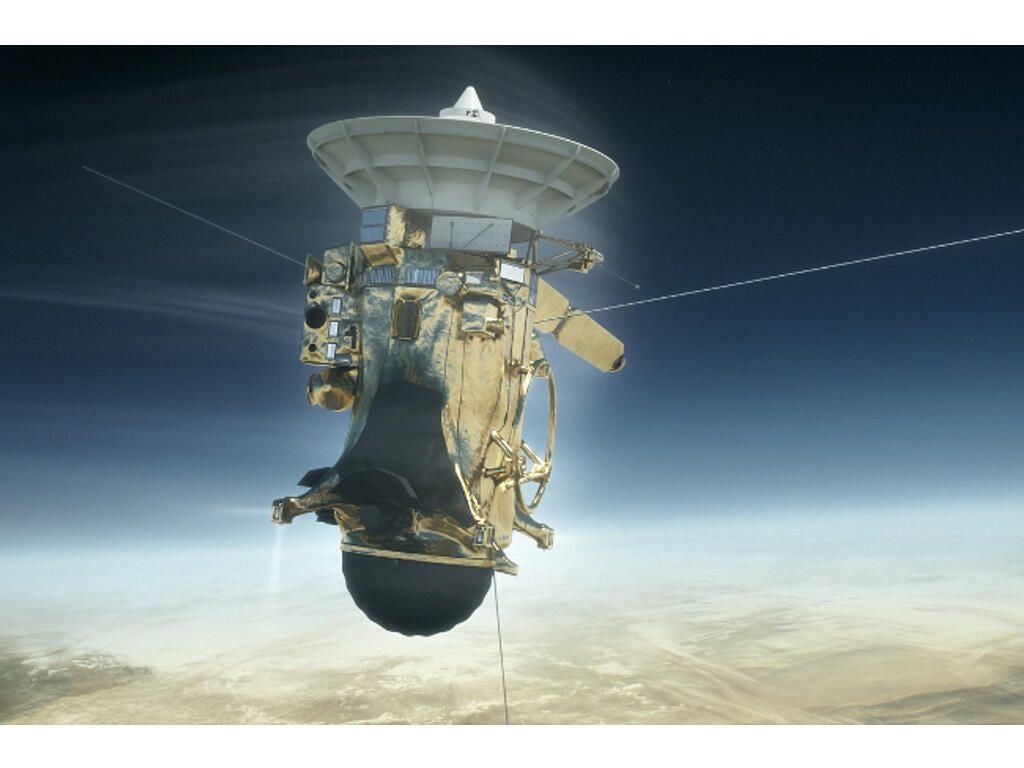

Cassini begins 20 years studying Saturn
Cassini begins 20 years studying Saturn
NASA’s Cassini mission lifted off on October 15, 1997, bound for Saturn–its mission was to study Saturn and its moons. Accompanying Cassini was a lander named Huygens, which was deposited on the surface of Saturn’s moon Titan.
Huygen’s landing on Titan confirmed the existence of lakes of liquid methane and ethane on the moon’s surface, mostly in the polar regions, that equate to hundreds of times more natural gas and liquid hydrocarbons than all the known reserves on Earth.
Cassini’s observations of Titan further confirmed this fact, though Cassini didn’t only observe Saturn’s moon–it also turned its eye toward the planet itself.
One experiment performed by Cassini involved using radio waves to test Einstein’s theory of general relativity; the test data strongly supports Einstein’s theory that large objects like the sun bend space-time.
Cassini also discovered seven new moons of Saturn, witnessed the aftermath of a rare storm on Saturn, and eventually returned data about Saturn’s atmosphere as it was set on a collision course with the planet.
New Horizons
Launched on January 19, 2006, the New Horizons mission was the first probe to study Pluto. It didn’t arrive at Pluto until July 2015, and when it did it gathered invaluable data about the dwarf planet.
One of the biggest discoveries New Horizons made was finding evidence for ice flows–made of frozen nitrogen–on Pluto.
As of August 2018 New Horizons has passed Pluto and is headed out to the Kuiper Belt to study the microplanets and meteorites that orbit the sun far beyond Neptune.
New Horizons has also shed new light on, and confirmed data detected by the Voyager probes, of the existence of a hydrogen wall at the edge of the solar system.
Curiosity roves Mars
If anything has sparked new interest in space travel, it has been NASA’s Curiosity rover, which launched toward Mars on November 26, 2011. Curiosity, originally planned for a two-year mission, has greatly outperformed its original expectations and is still running to this day.
Not only has Curiosity sent back countless detailed photographs of Mars’ surface, it has also served as a test of what extended operations on Mars will look like in the future.
Curiosity has also found evidence for the prior existence of microbial life, and some scientists believe bacteria could still be lurking in the wetter corners of Mars’ surface–or just below it.
With discoveries like these coming in all the time, Curiosity is quickly exciting our desire to head out and explore, just like early NASA probes did for our fascination with the Moon.
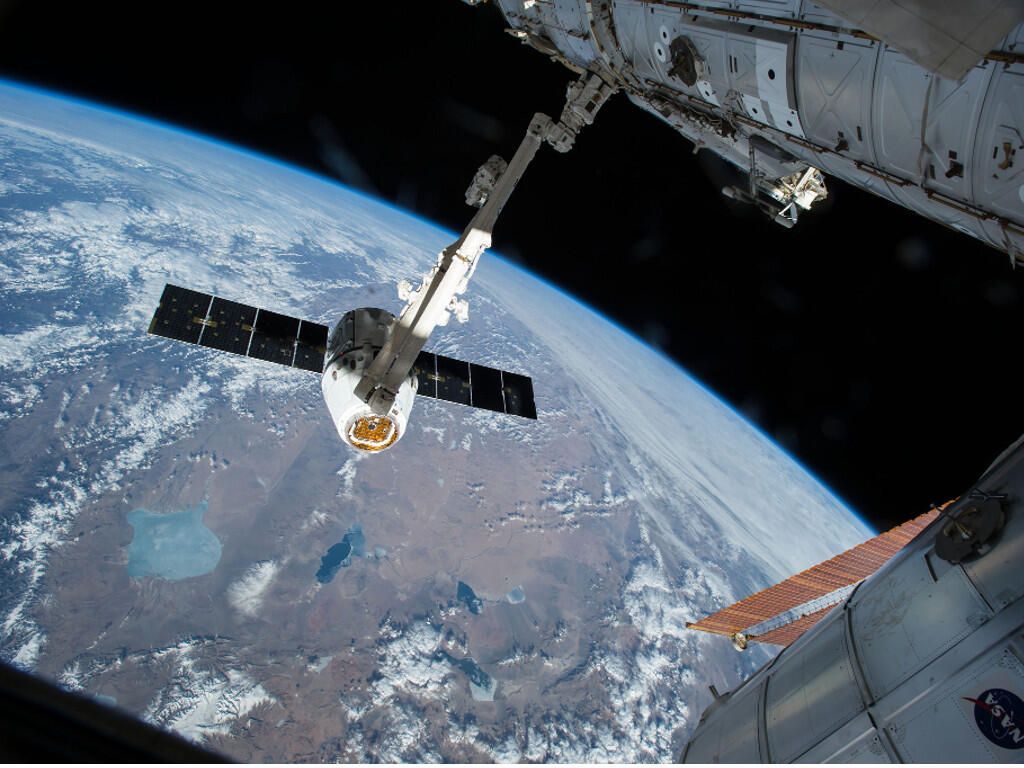

Commercial Resupply Services: NASA enlists the private sphere
Commercial Resupply Services: NASA enlists the private sphere
Anyone who follows NASA knows that its budget has continued to shrink over the years. One of the ways NASA has overcome a lack of funds has been through programs like Commercial Resupply Services (CRS).
CRS began in 2008 and saw NASA join with two private US spacefaring companies: SpaceX and Orbital ATK. The first CRS cargo launch occurred on October 8, 2008, using a SpaceX “Dragon” unmanned cargo vessel. Since then over a dozen CRS missions have been flown, with a total of 20 scheduled for SpaceX and 10 for Orbital ATK.
SEE: NASA turns 60, and it’s reinventing itself for the SpaceX era (CNET)
Commercial Crew Program
Since the last Space Shuttle launched in 2011, there have been no manned space flights launched by NASA, making this the longest gap without a manned launch in the history of the US space program.
A number of different Space Shuttle replacements were developed, though all have been cancelled, leading NASA to partner with the private sector to launch the Commercial Crew Program.
The partnership makes sense–NASA has already learned what it requires to take humans into space and return them safely to Earth. Coupled with the fact that the technology needed to do so is easier to produce than ever, and you have a recipe for a great partnership.
As of August 2018 astronauts have been selected to pilot two new experimental spacecraft built by SpaceX and Boeing. Tests of both vessels are scheduled for late 2018, and if successful commercial missions to the ISS should begin in 2019.
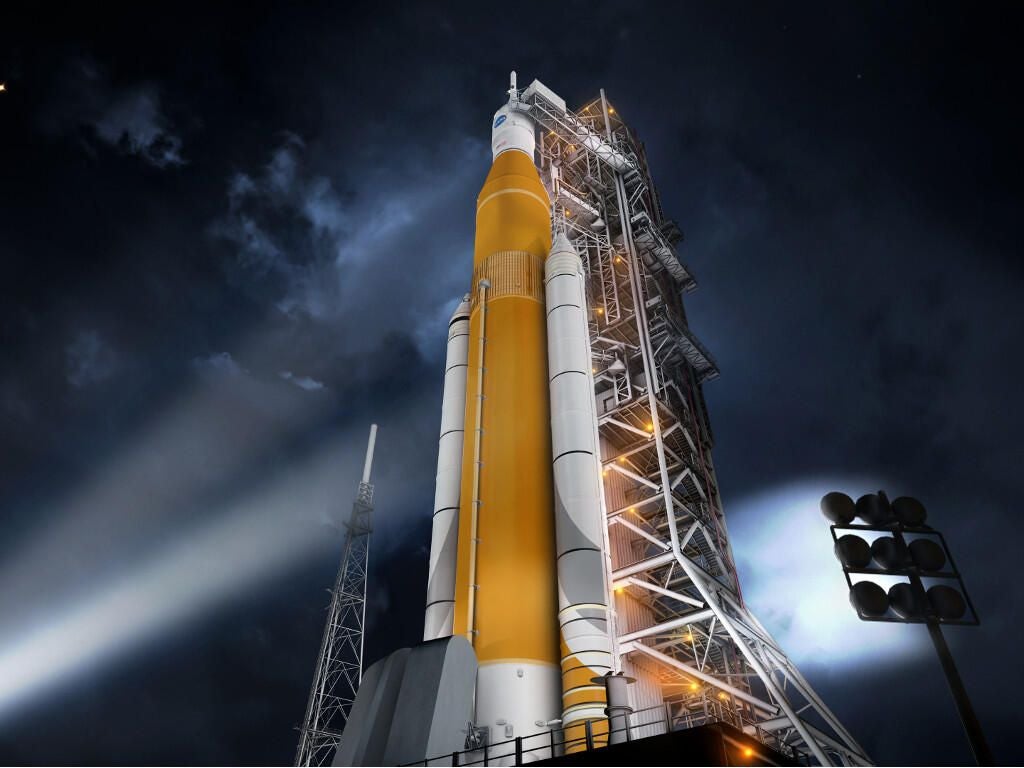

Far beyond Earth: The Space Launch System
Far beyond Earth: The Space Launch System
NASA may be working with the private sector to handle launches into Earth’s orbit, but it isn’t stopping there; in fact, NASA has already set its sights on Mars and has been building the rockets it needs to get there.
Designed to carry the Orion spacecraft far beyond Earth’s orbit, the Space Launch System (SLS) is a massive exploration-class rocket currently being built by NASA.
The SLS rocket stands a towering 322 feet tall (compared to the 180 ft rocket that took astronauts to the moon), can reach speeds of up to 24,500 mph, and produces 8.8 million pounds of thrust.
If all goes right with the SLS and Orion, we could soon be watching humans take their first steps on Martian soil–and all within a single lifetime of landing on the Moon.
The future of NASA
t60 years of space exploration may be behind us, but there is an infinite future ahead. As NASA looks to building bases on Mars, sending probes into interstellar space, and photographing the deepest reaches of our universe, we’ll continue to be fascinated.
tExploring space may make us feel small, but it also makes us collectively larger. Humans, once bound to Earth’s surface, are slowly making their way out into the universe, and NASA is leading the way.
Also see
t
t
t
t
t
- Gallery: The amazing women behind Hidden Figures who made the US space program possible (TechRepublic)
-
-
Account Information
Contact Brandon Vigliarolo
- |
- See all of Brandon's content
